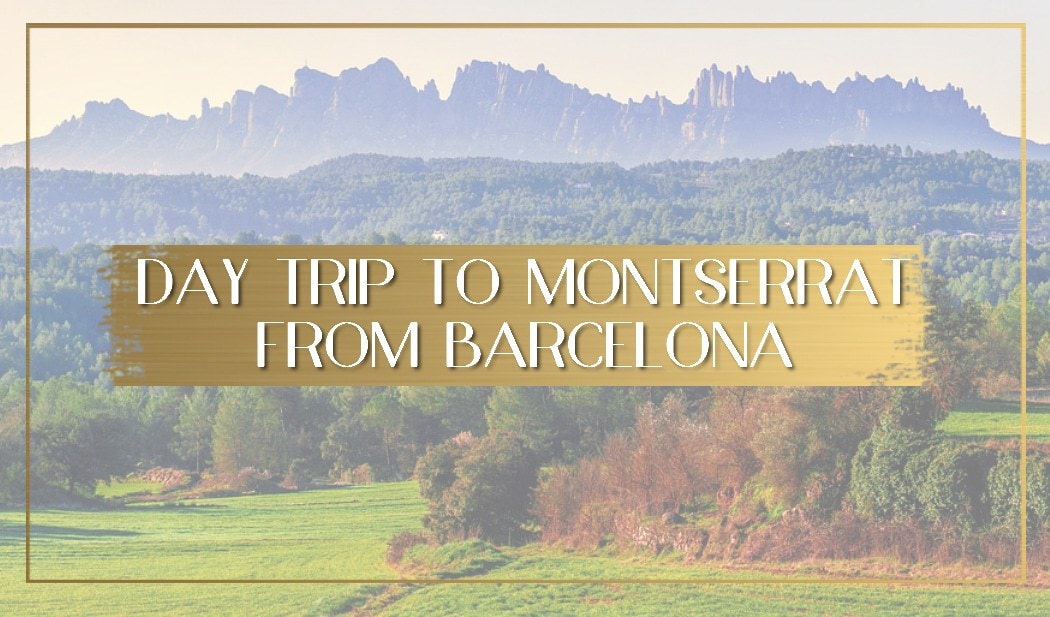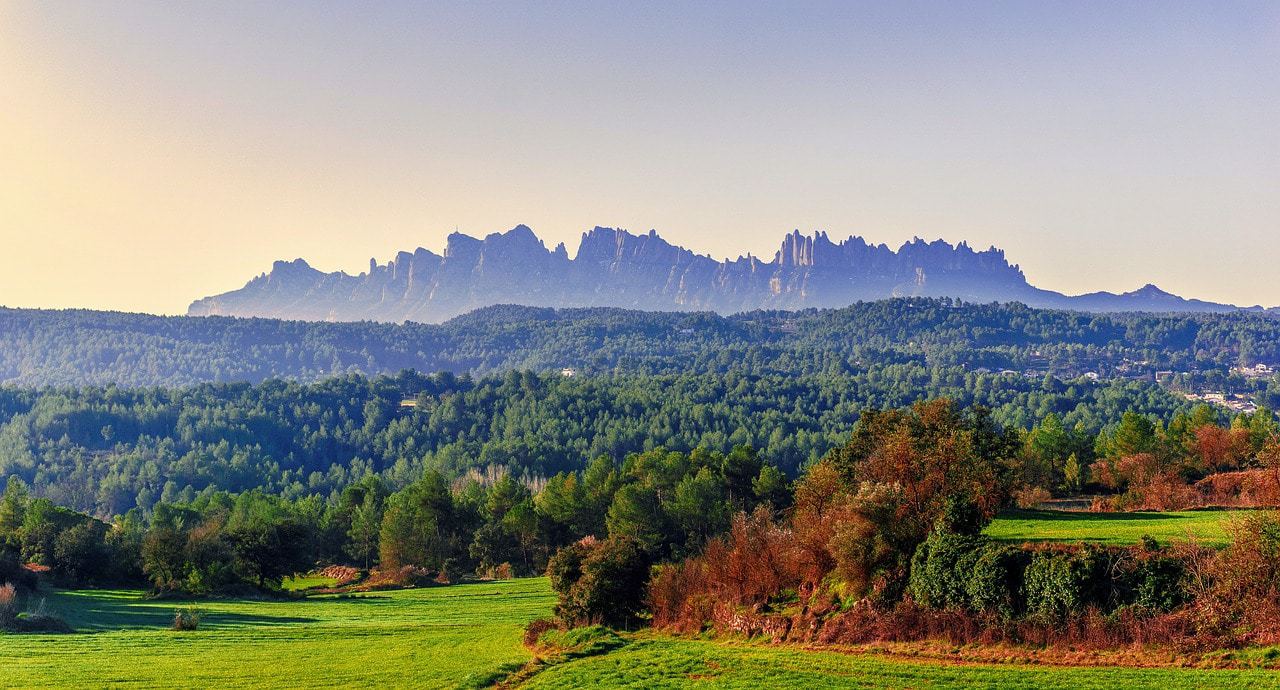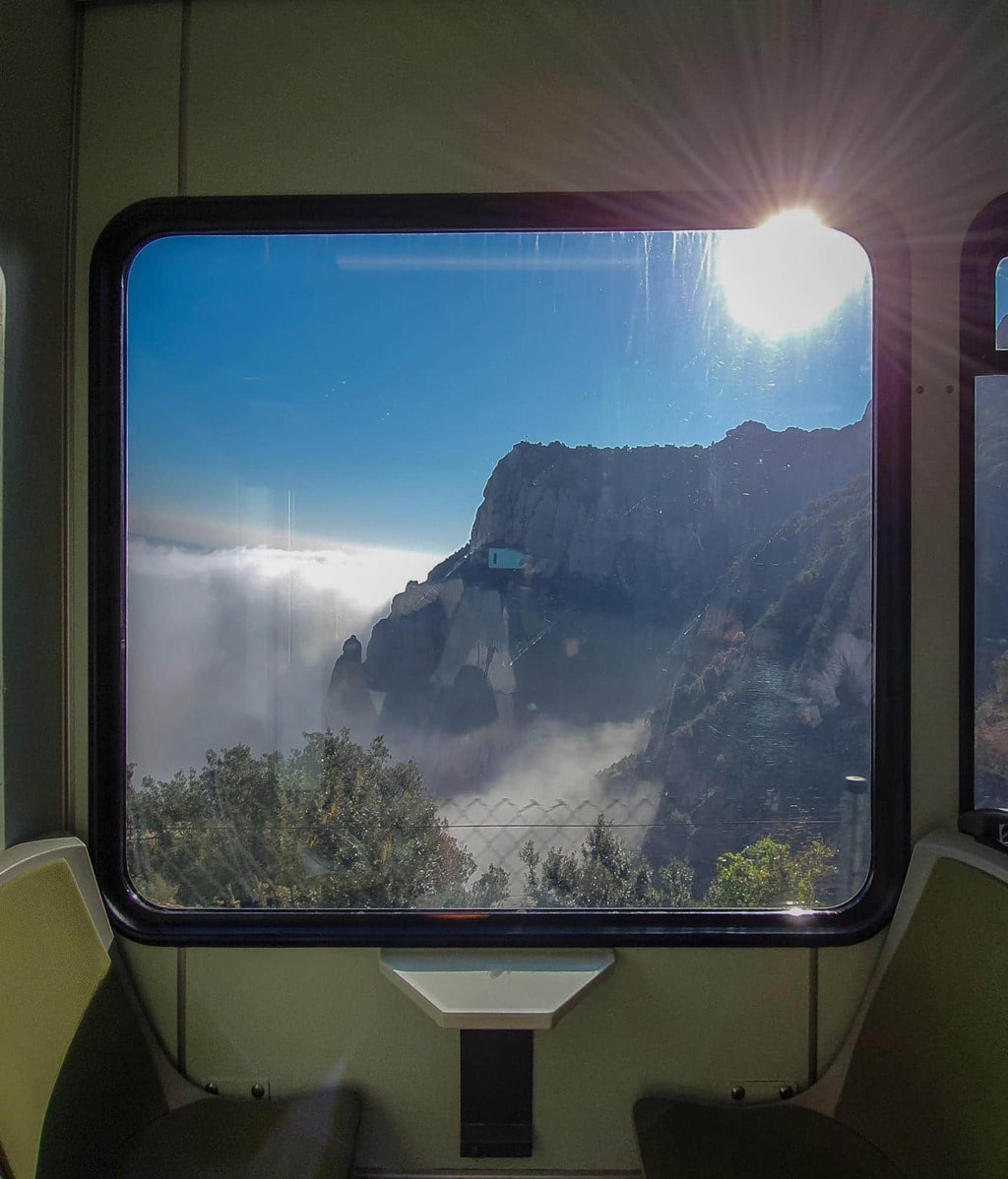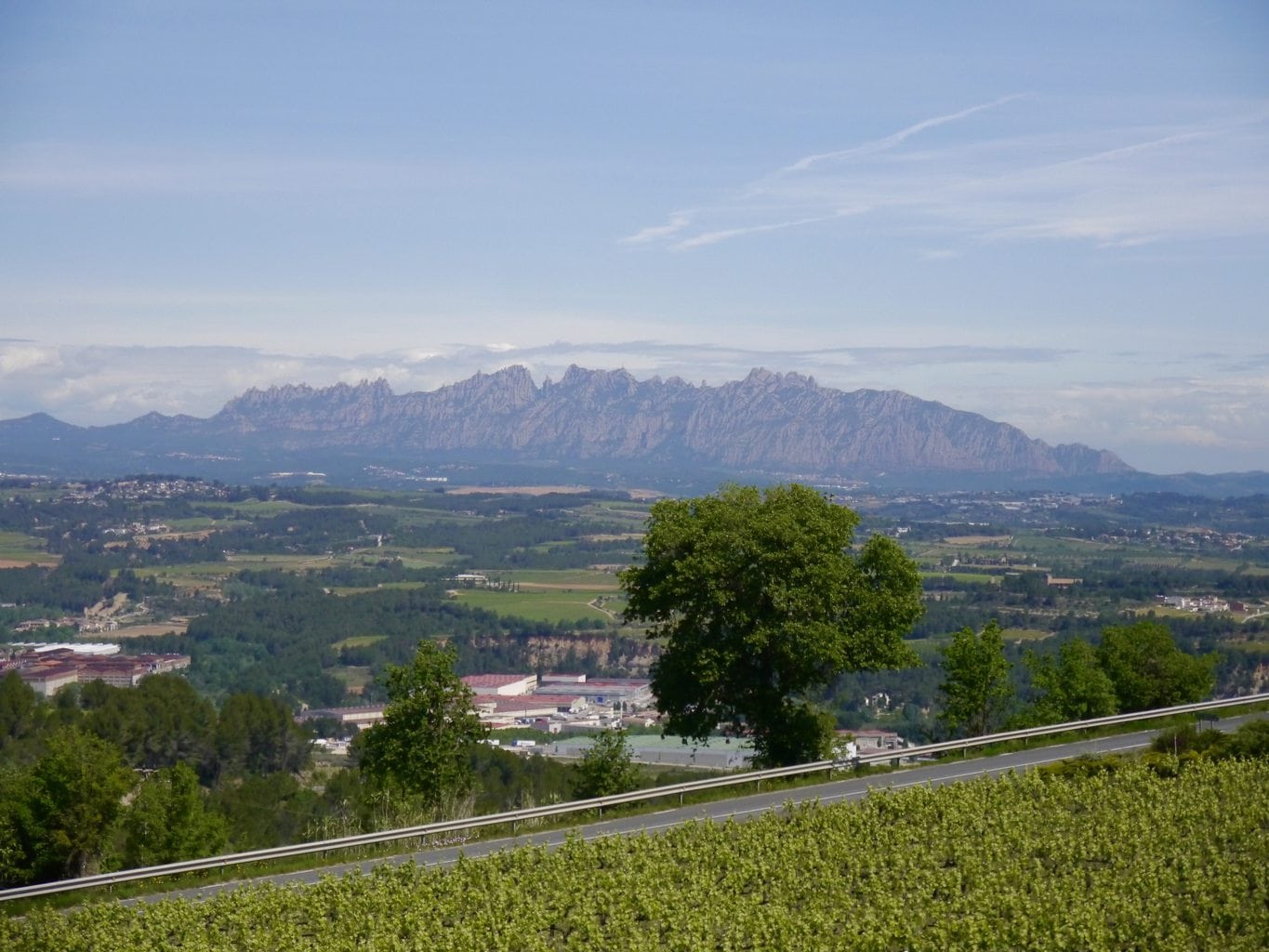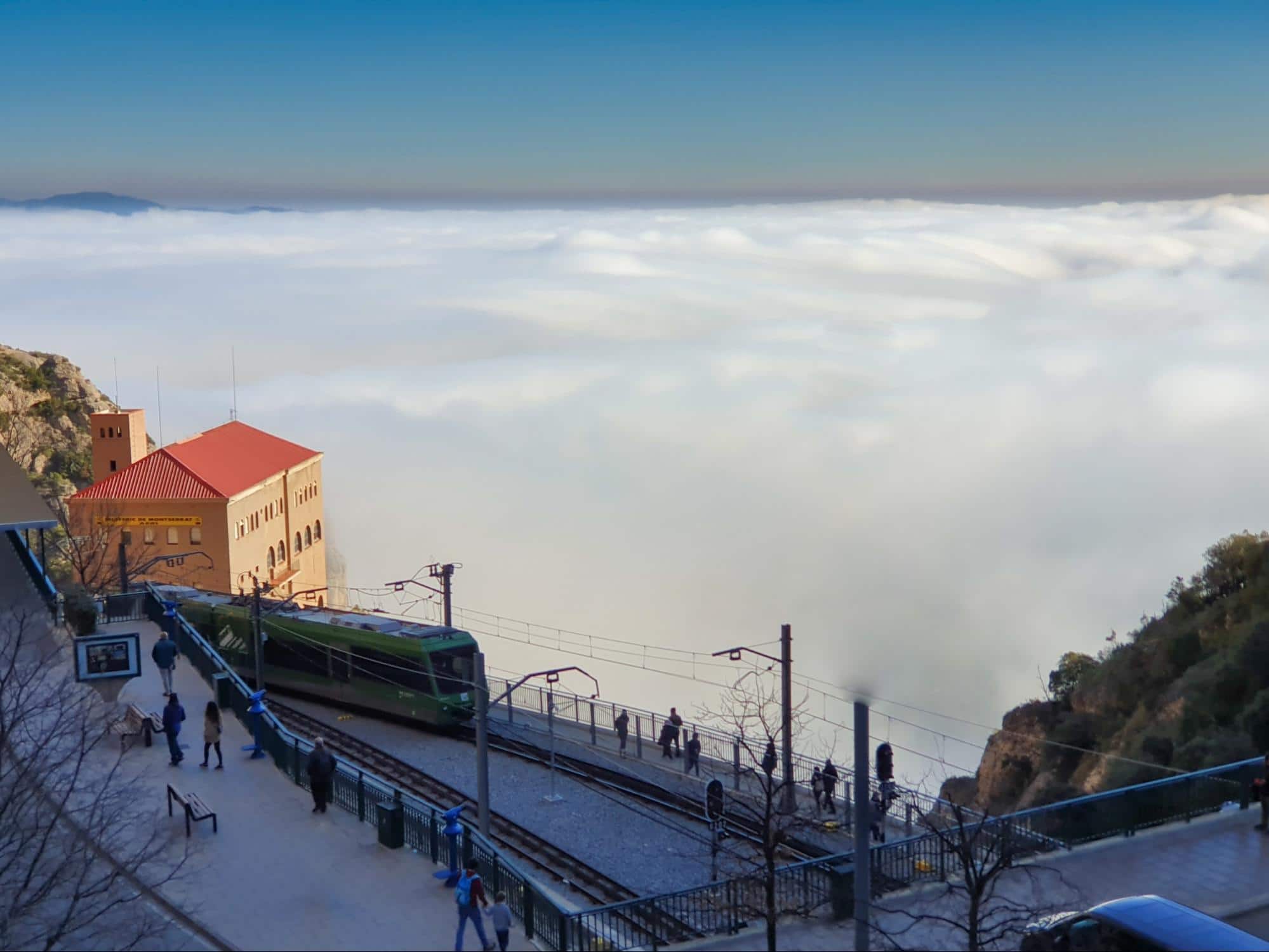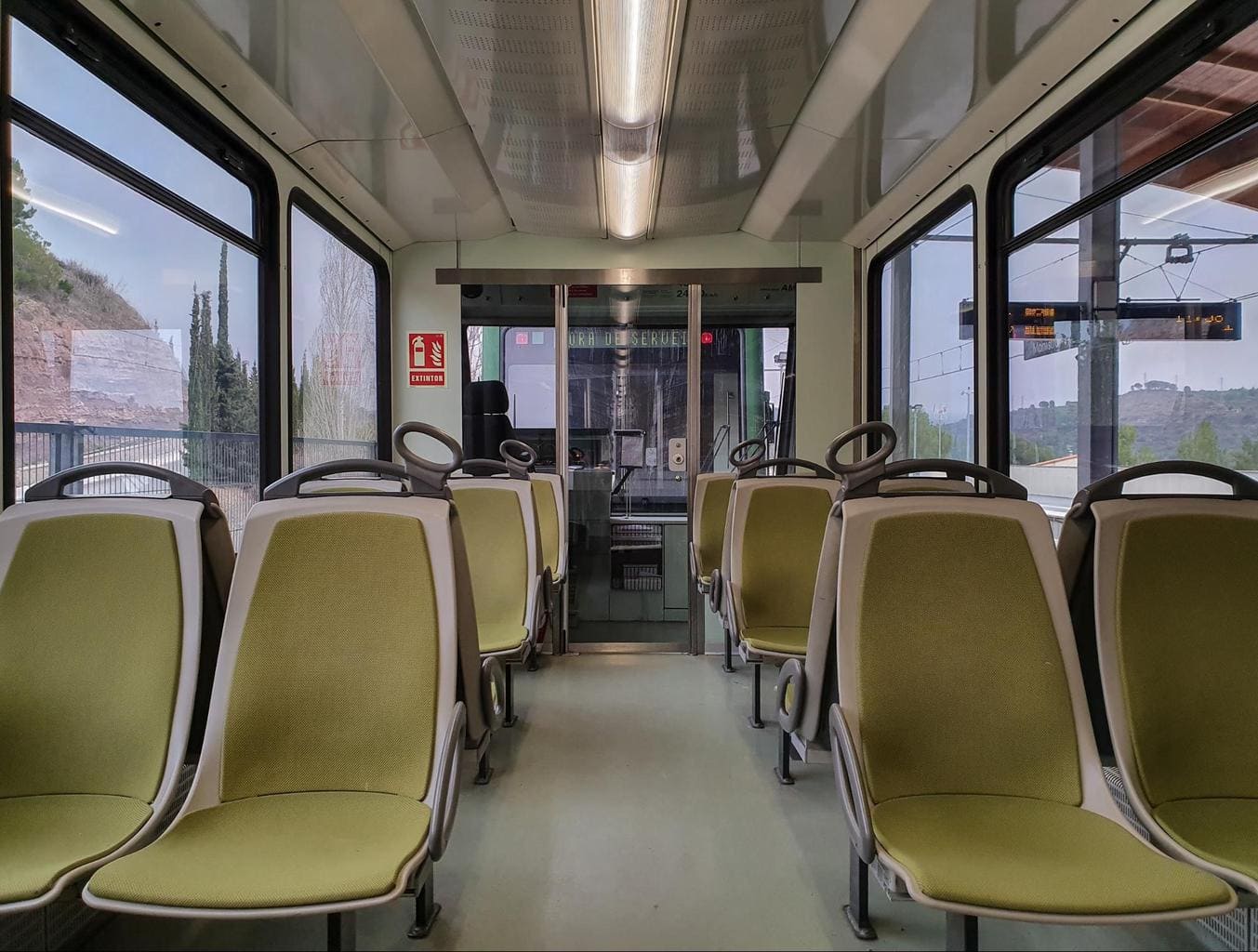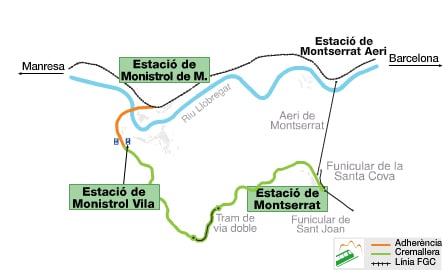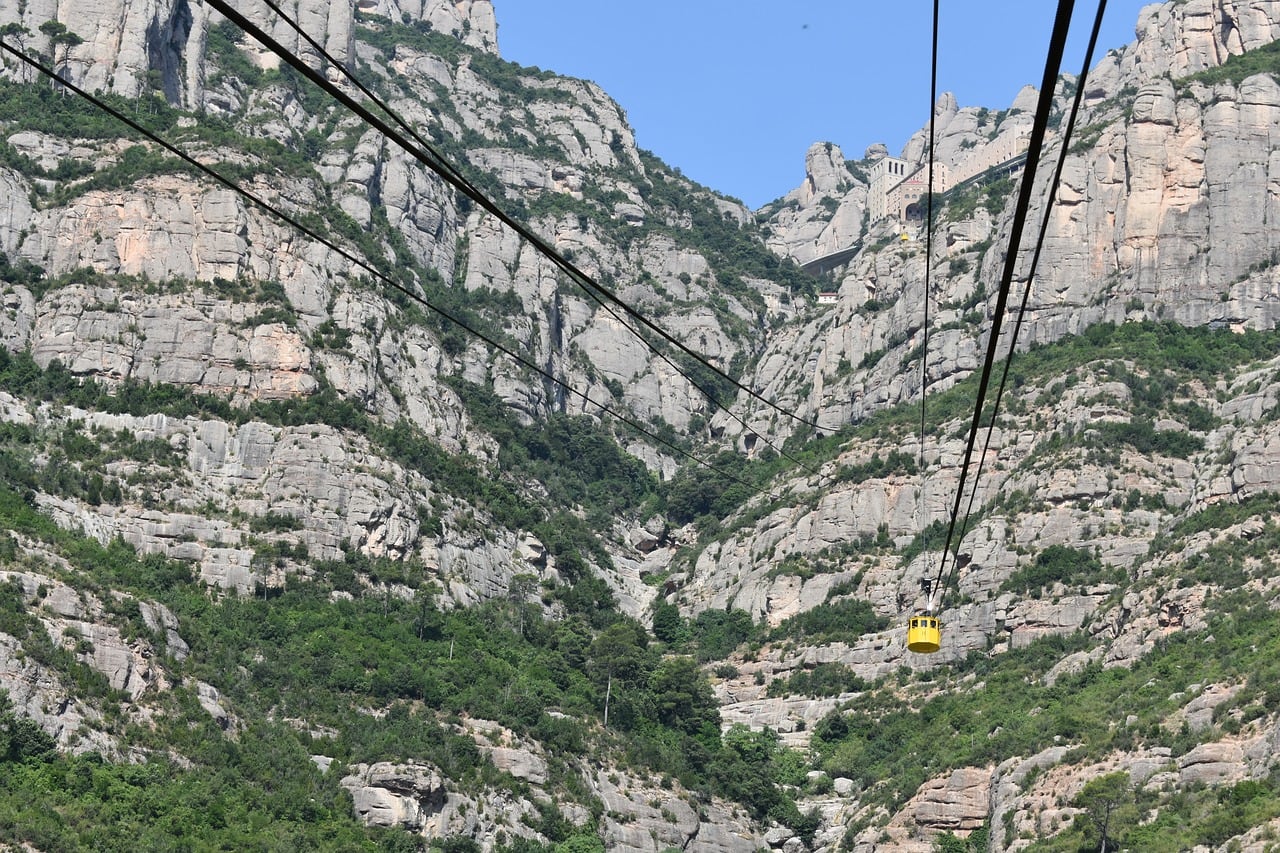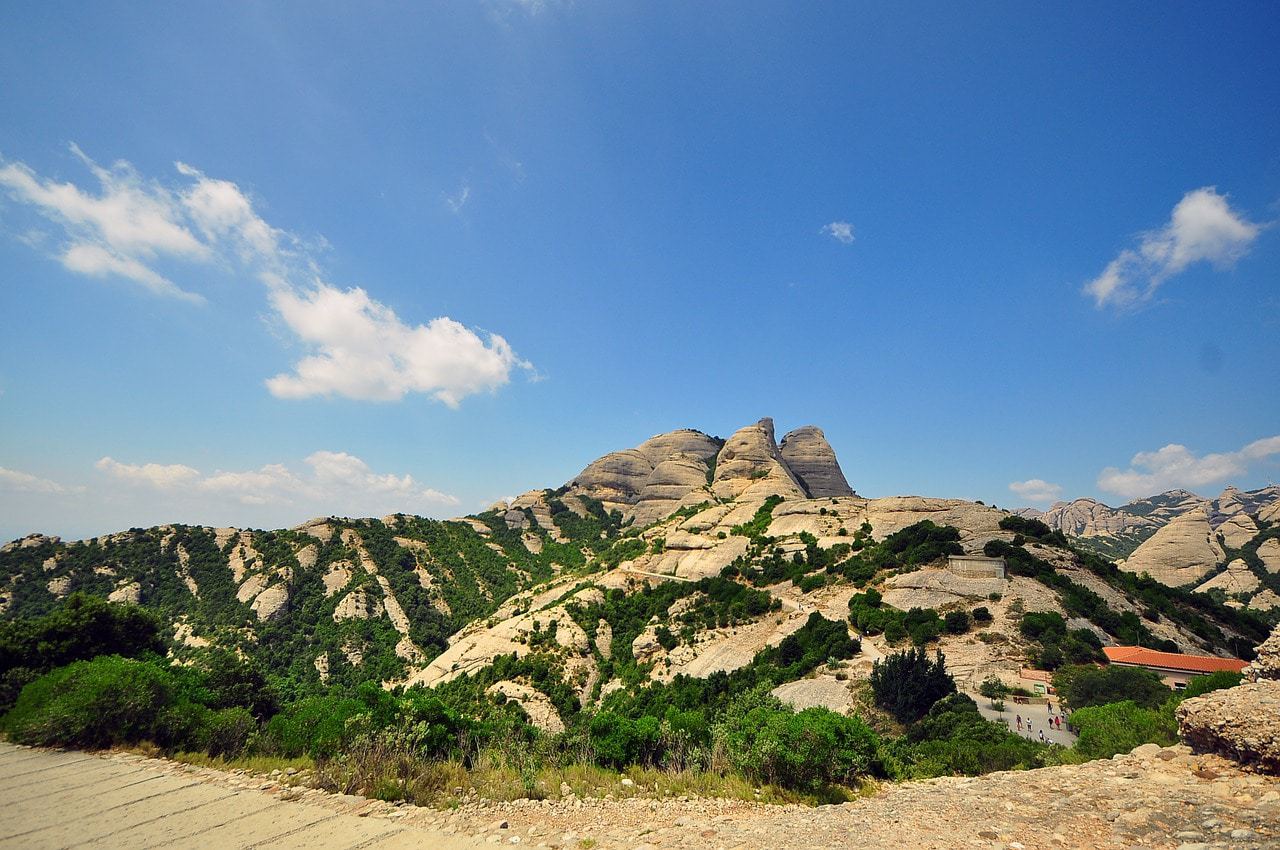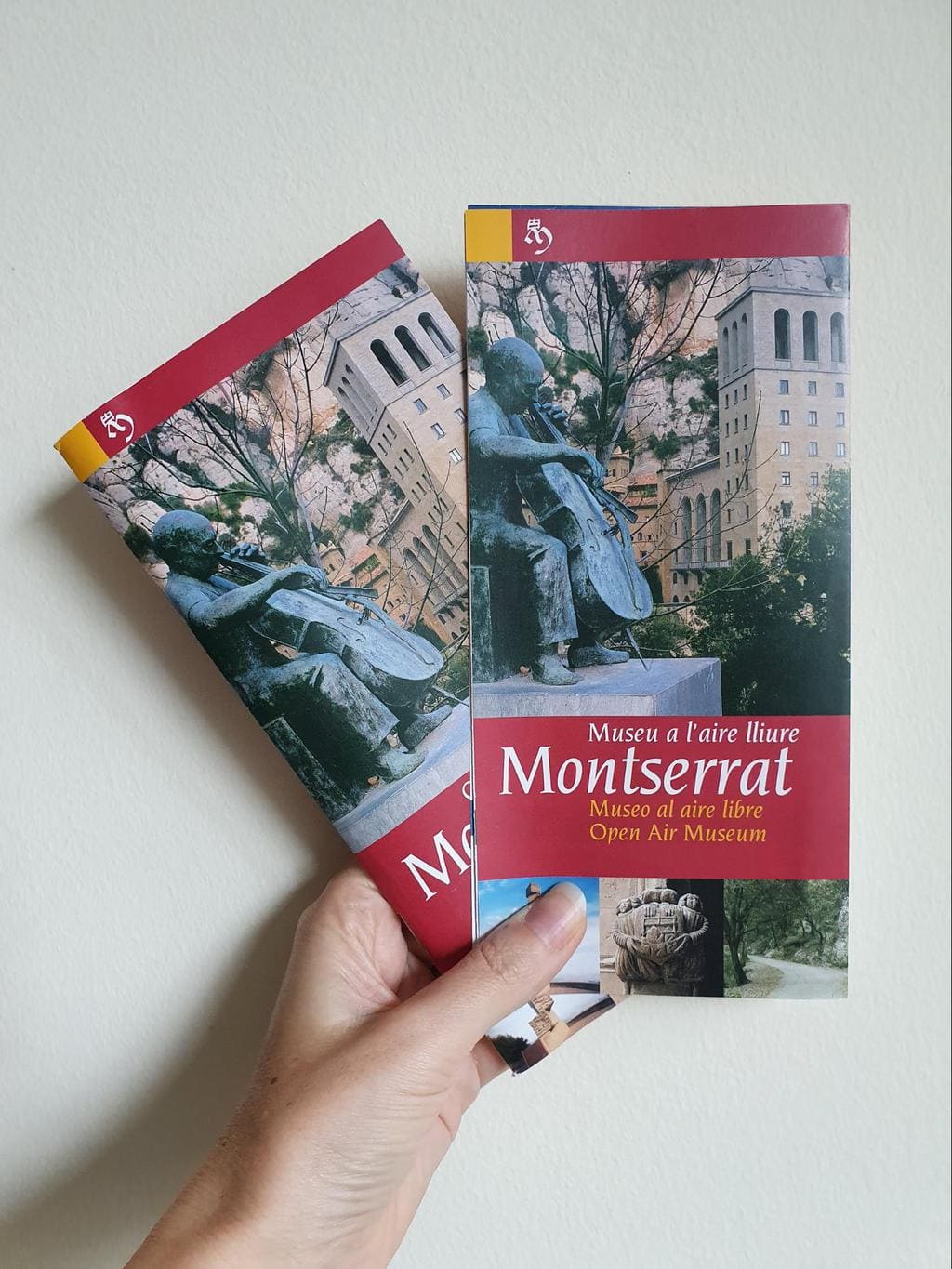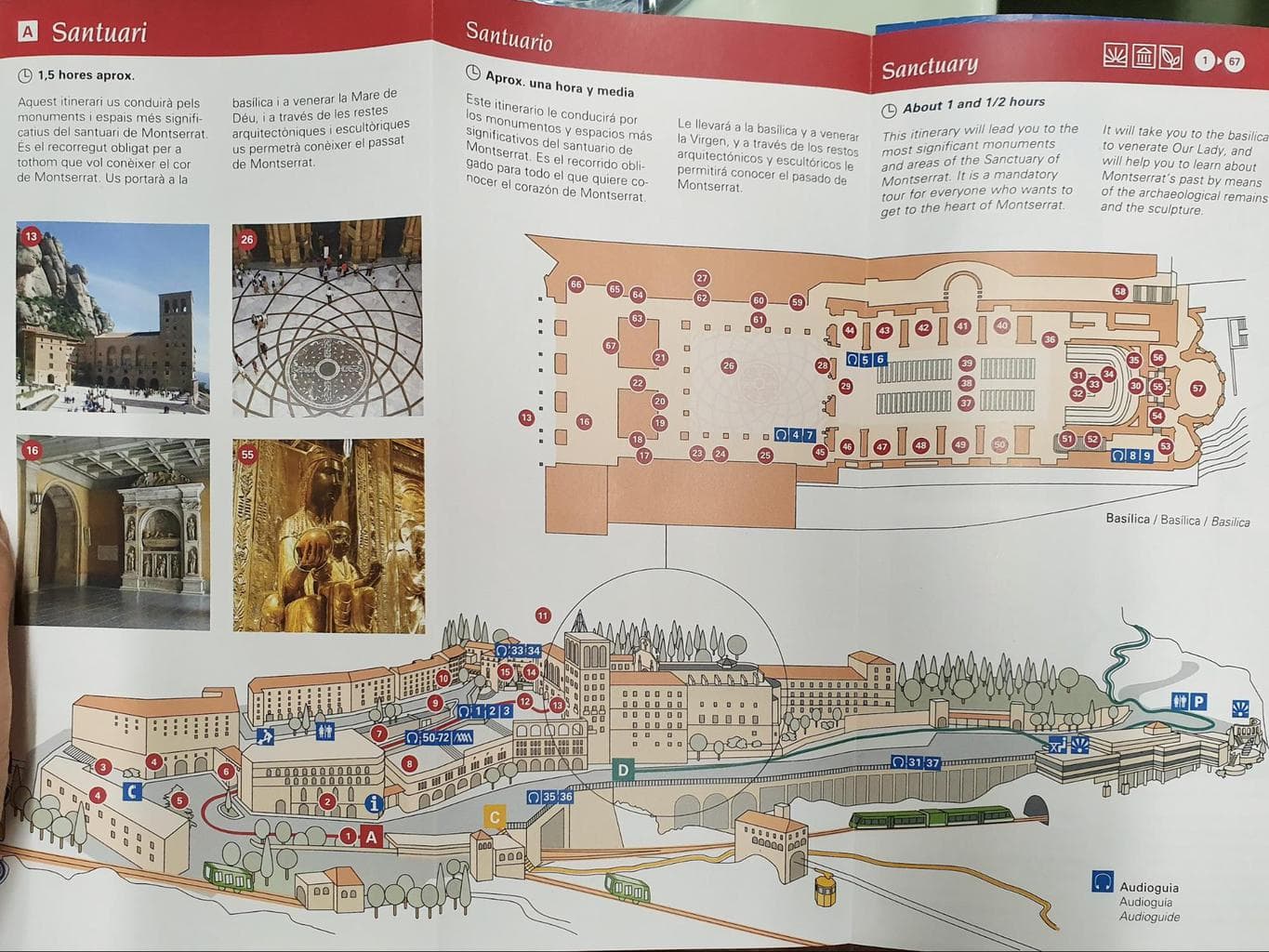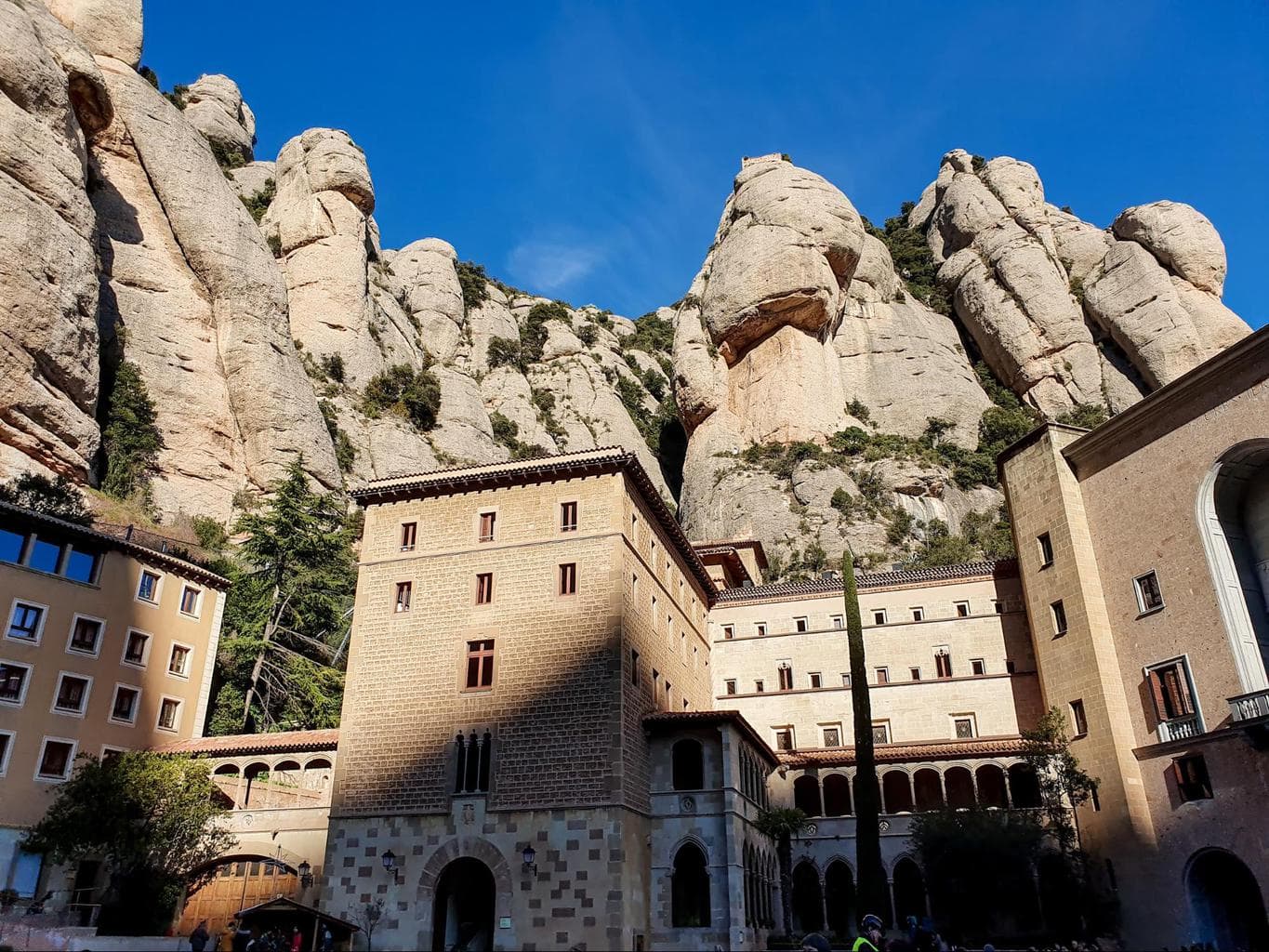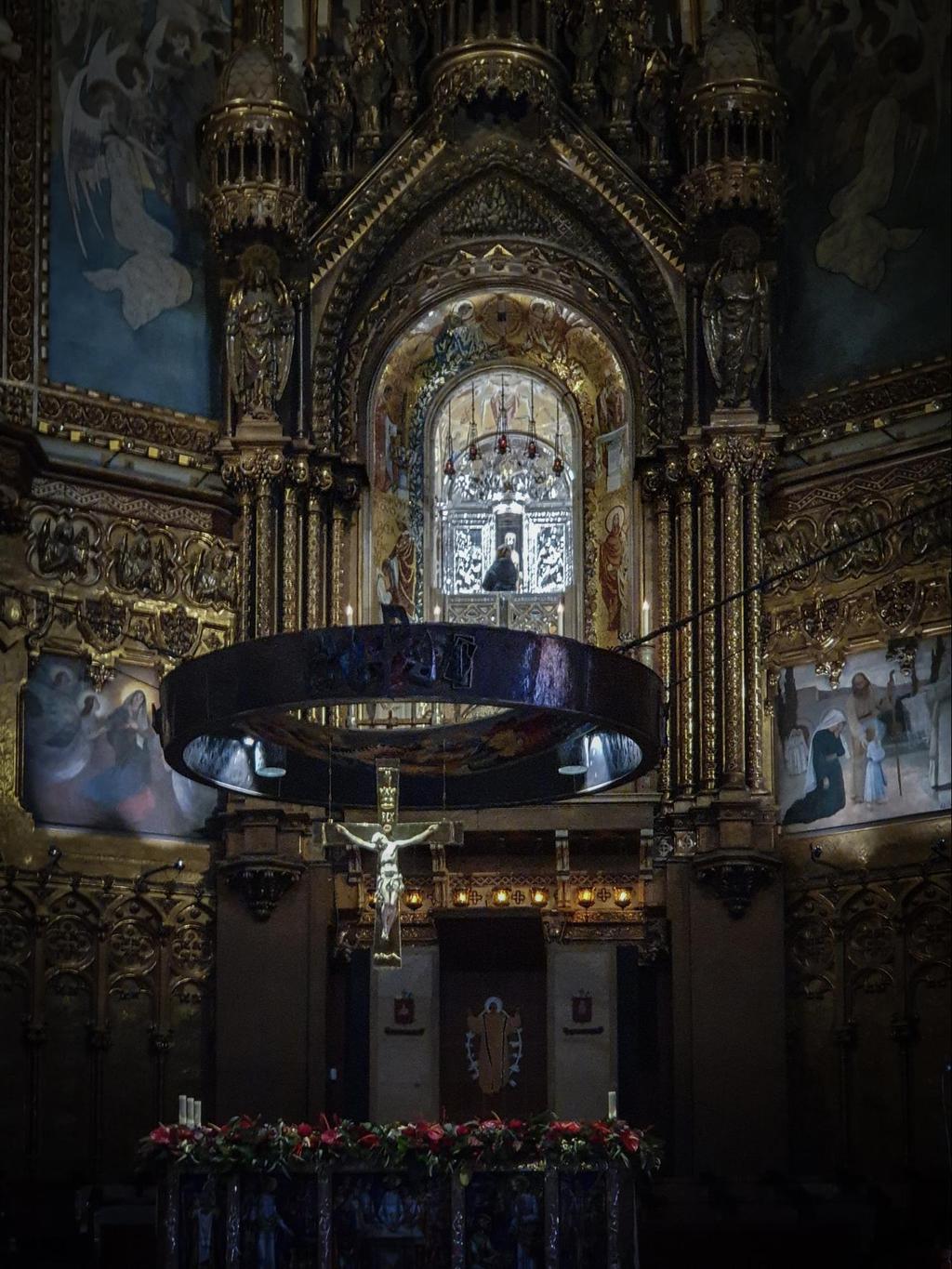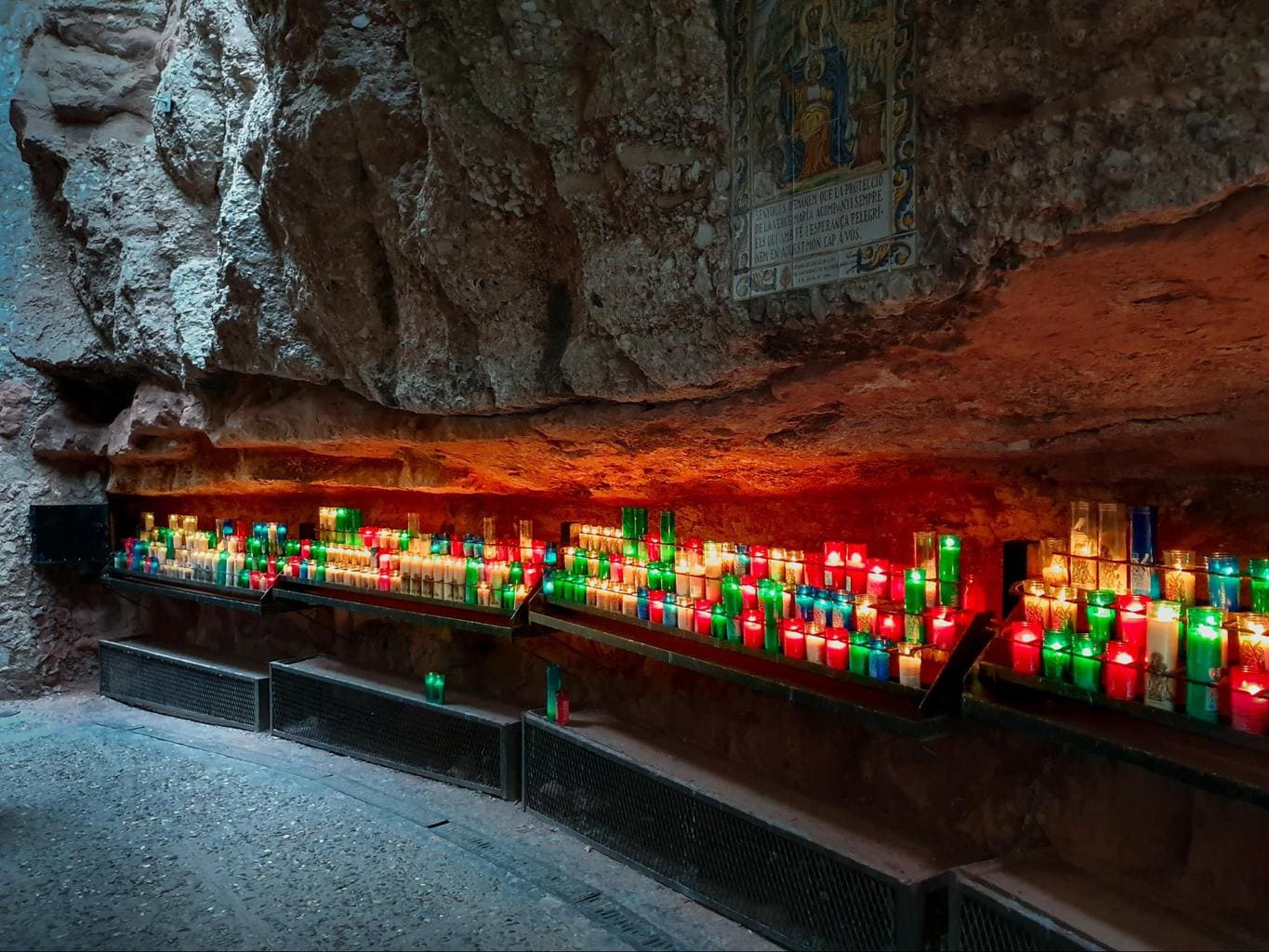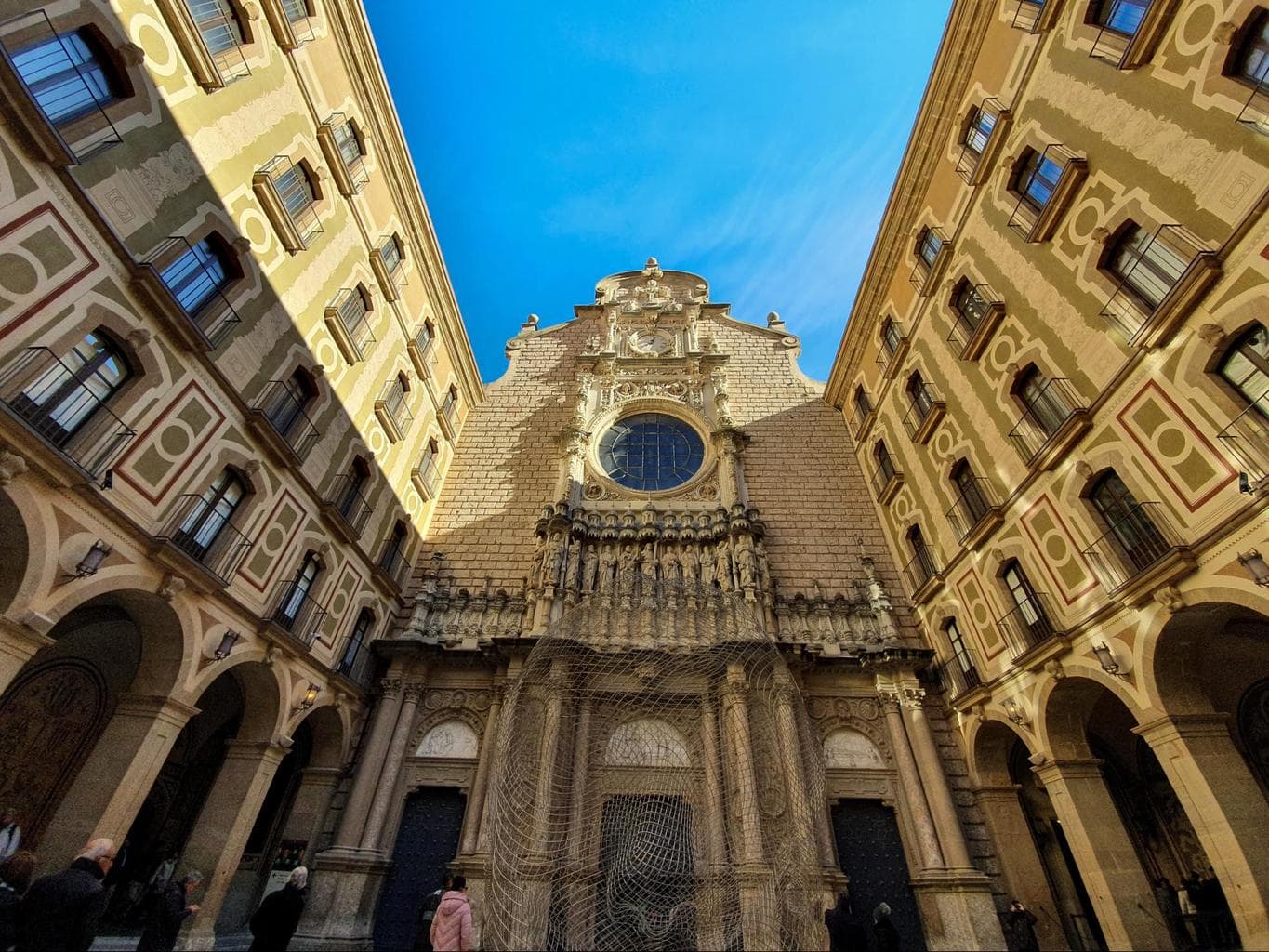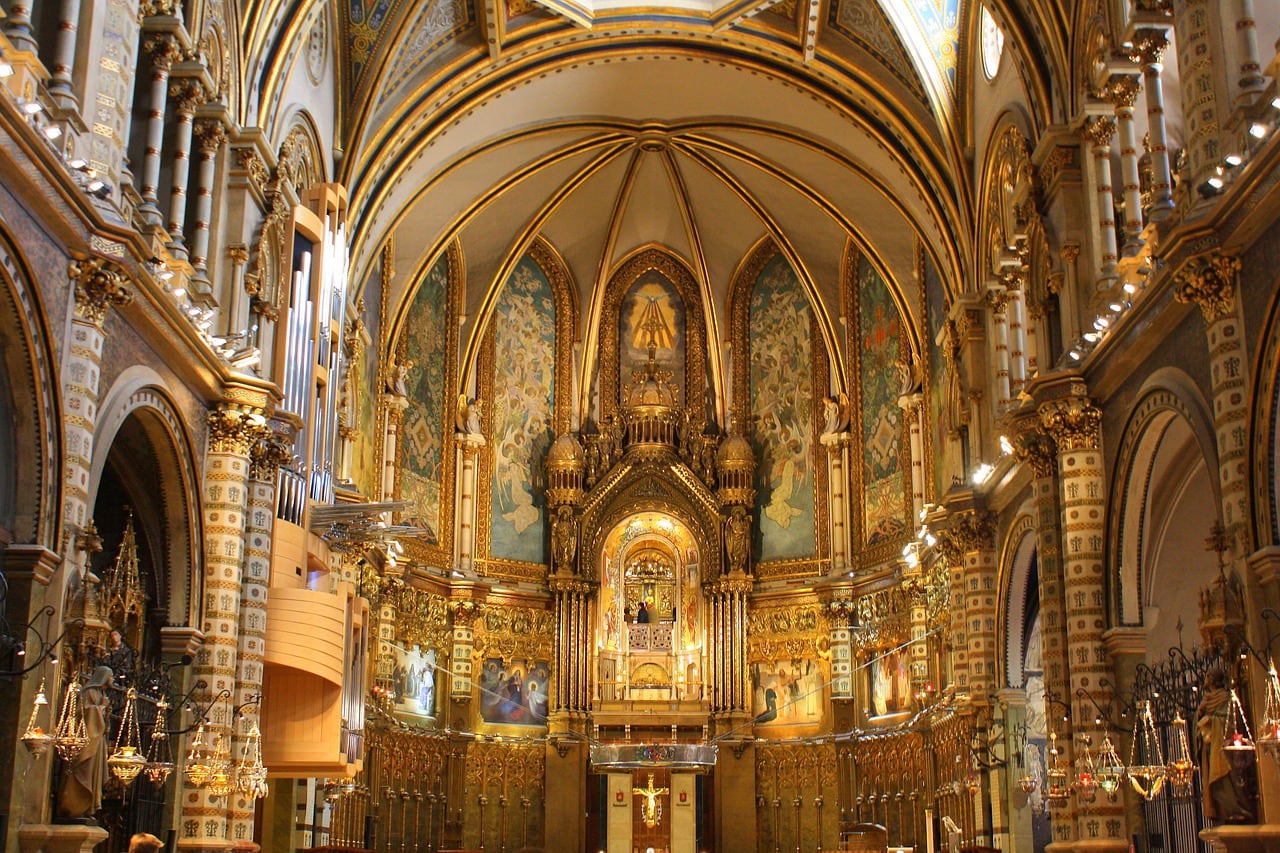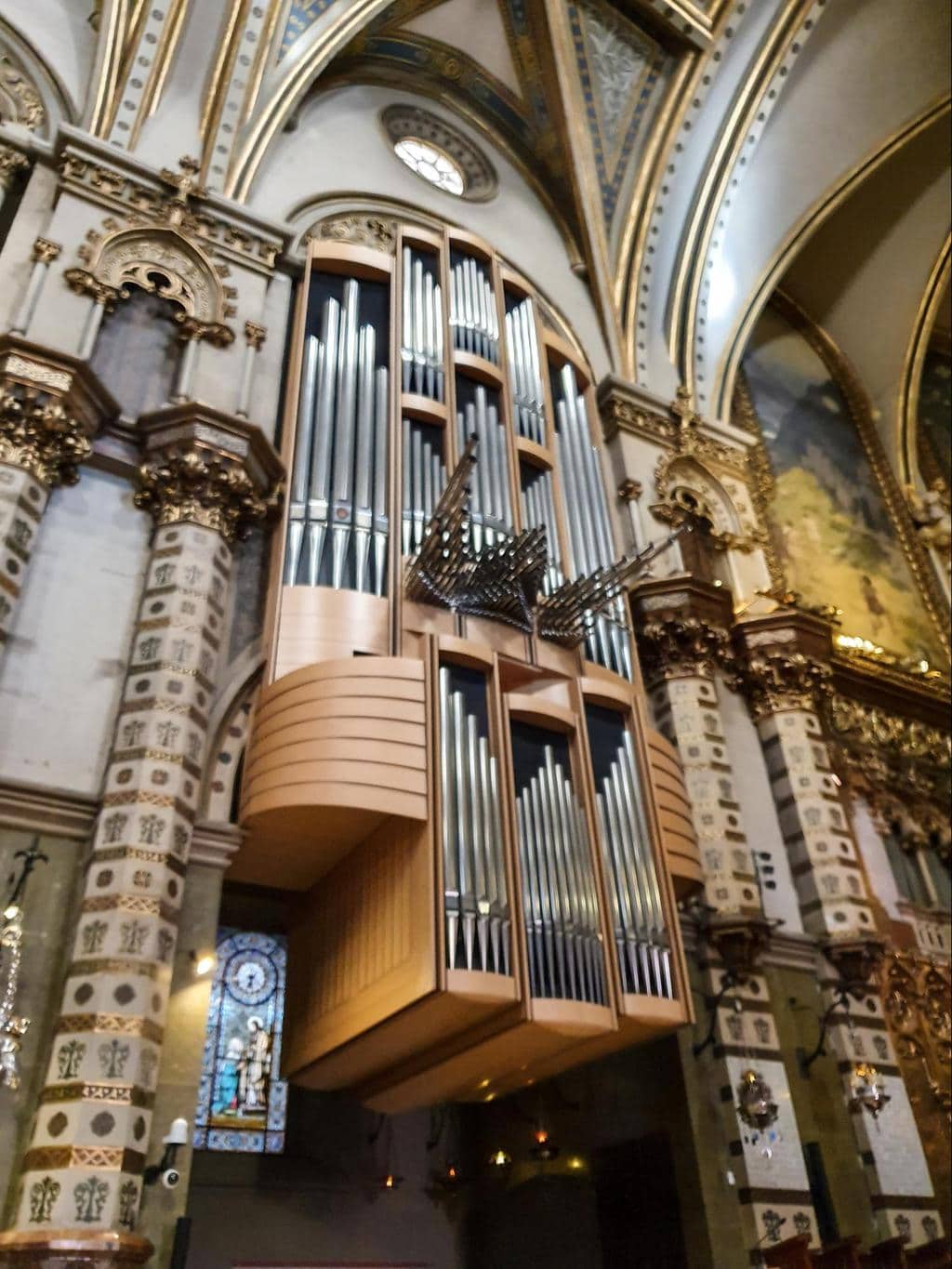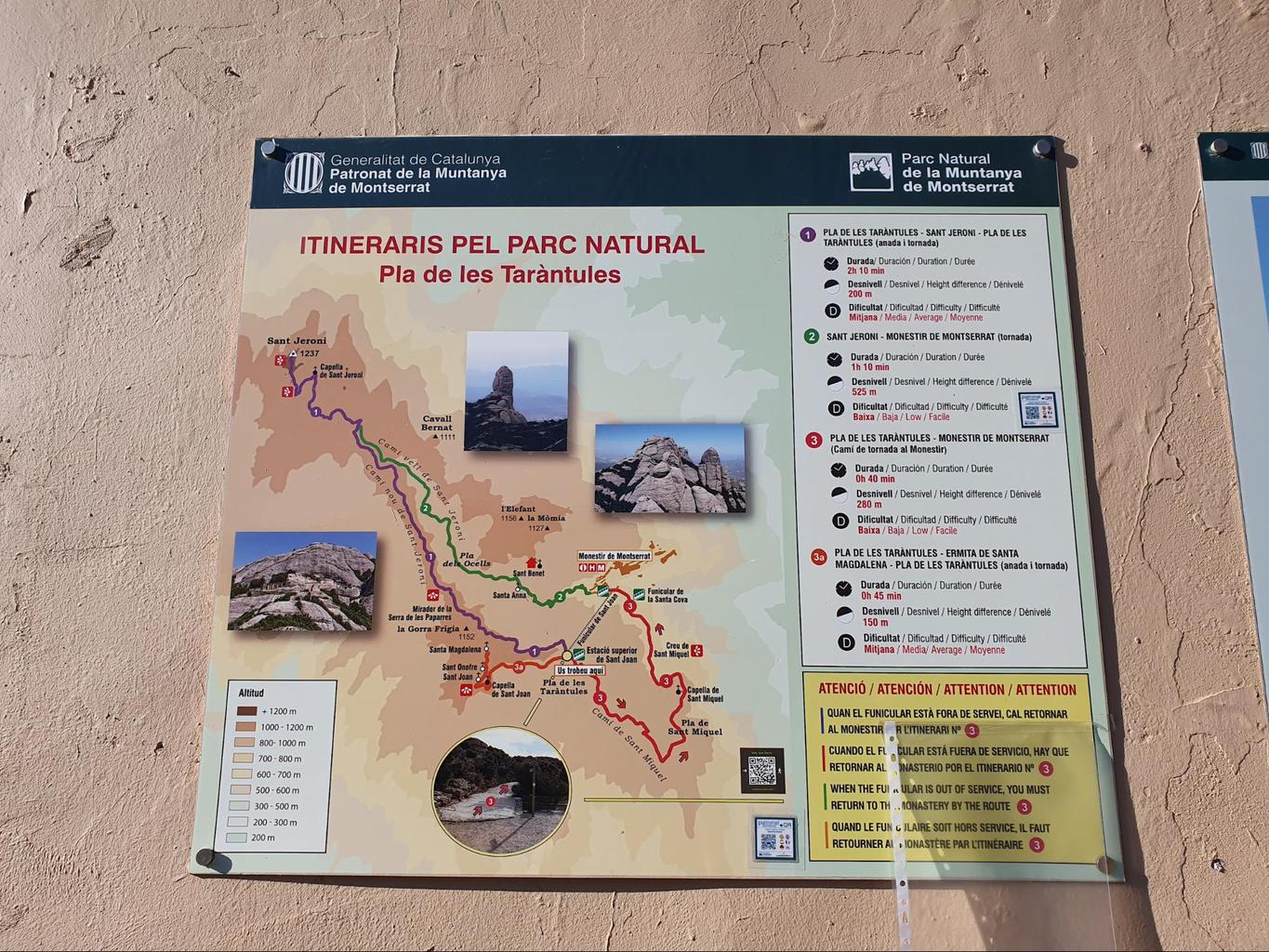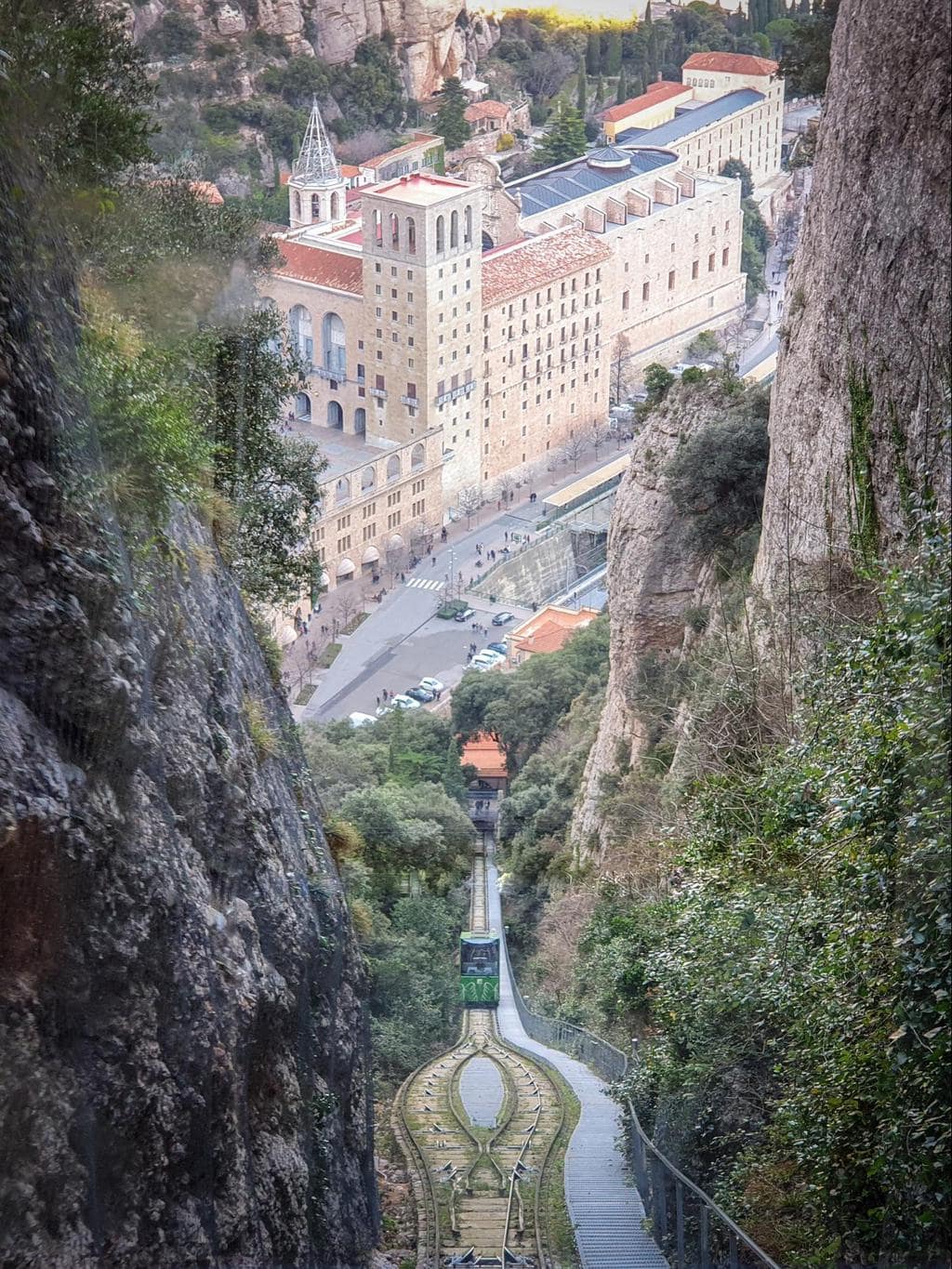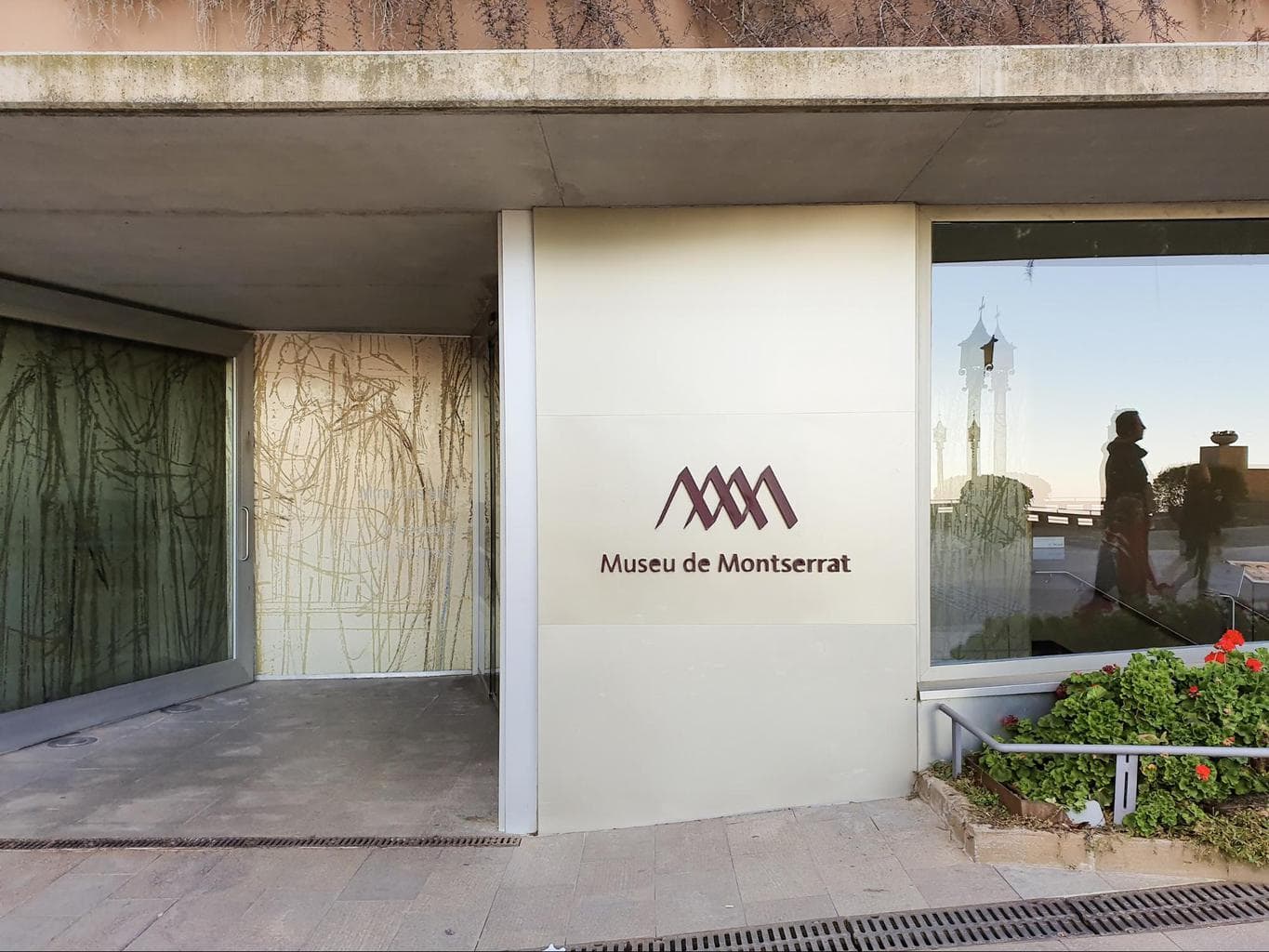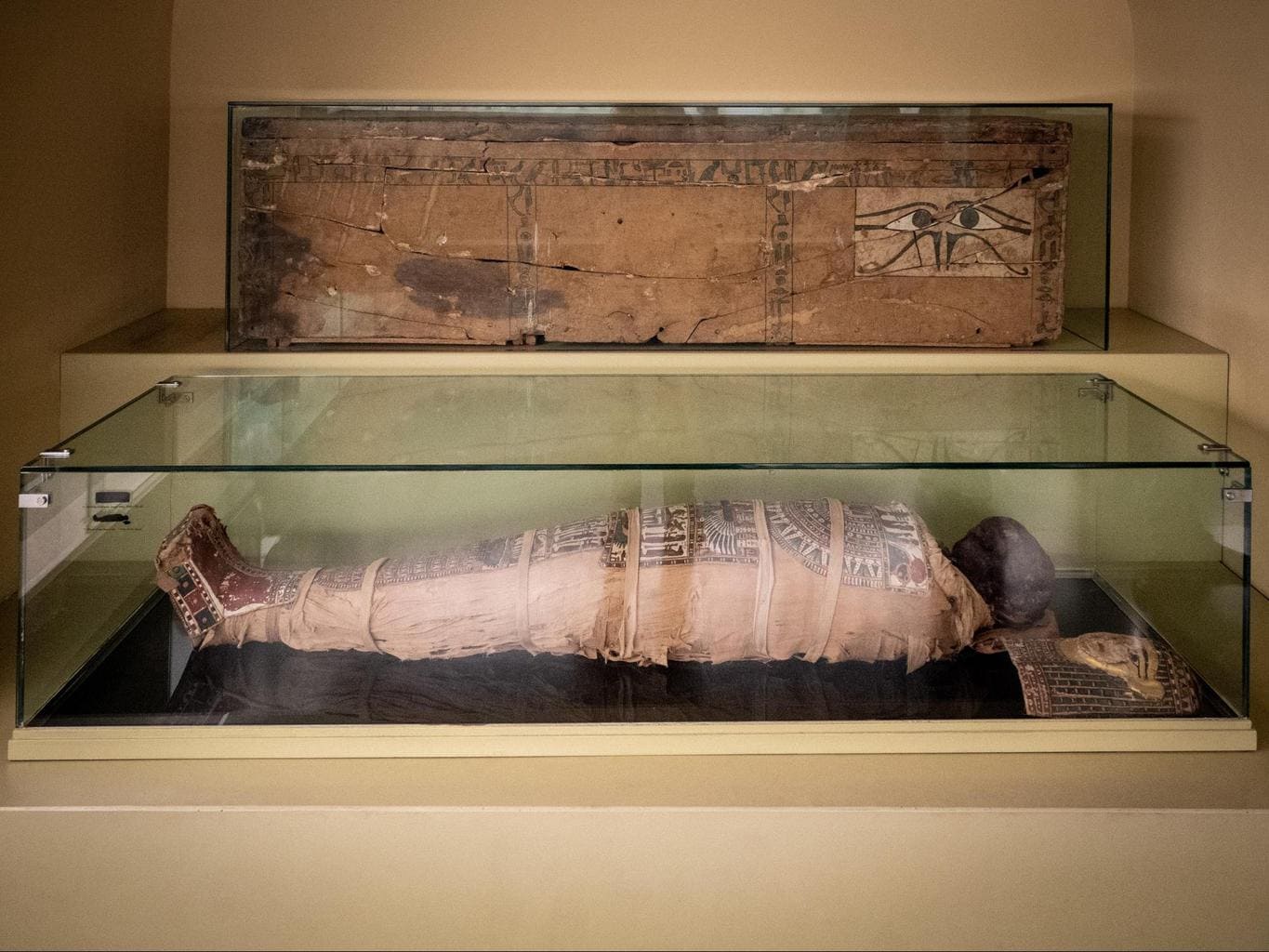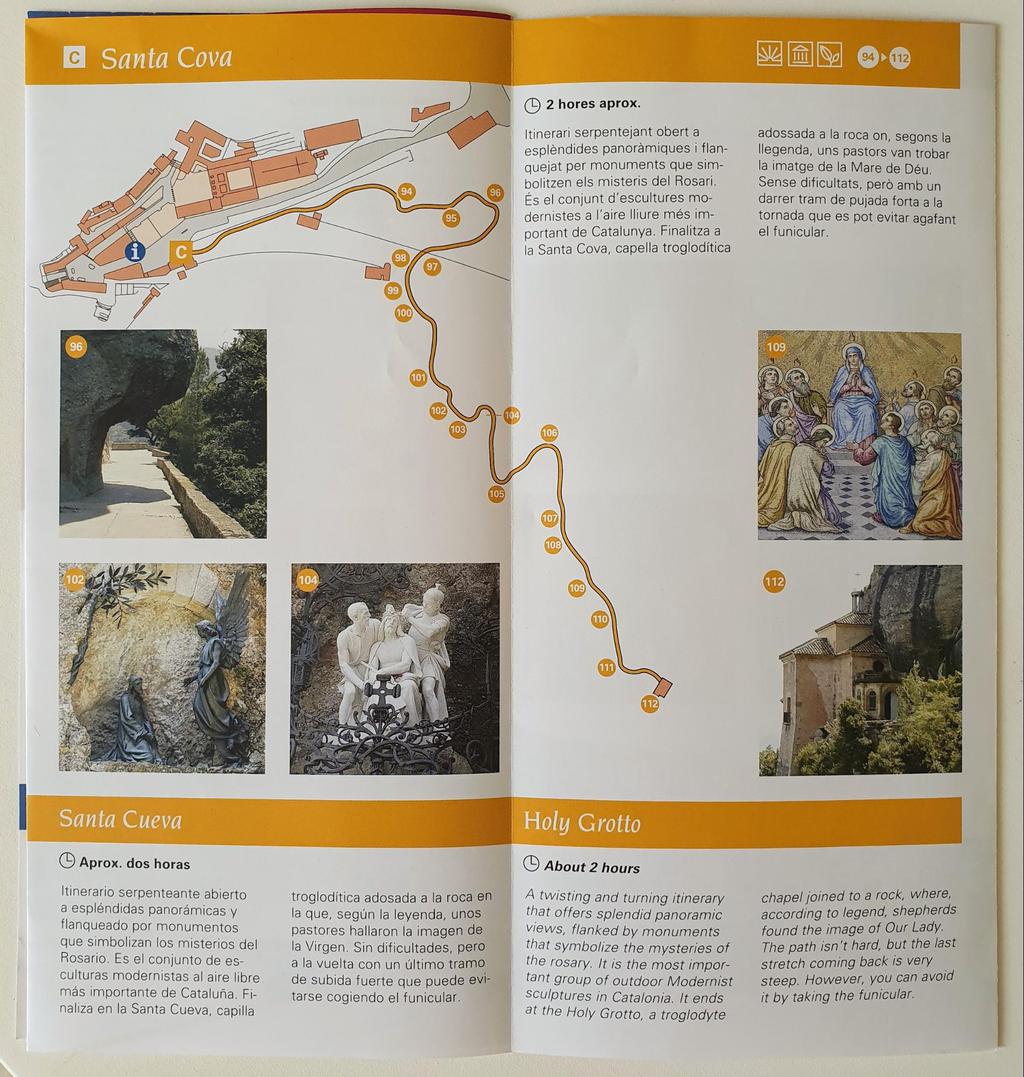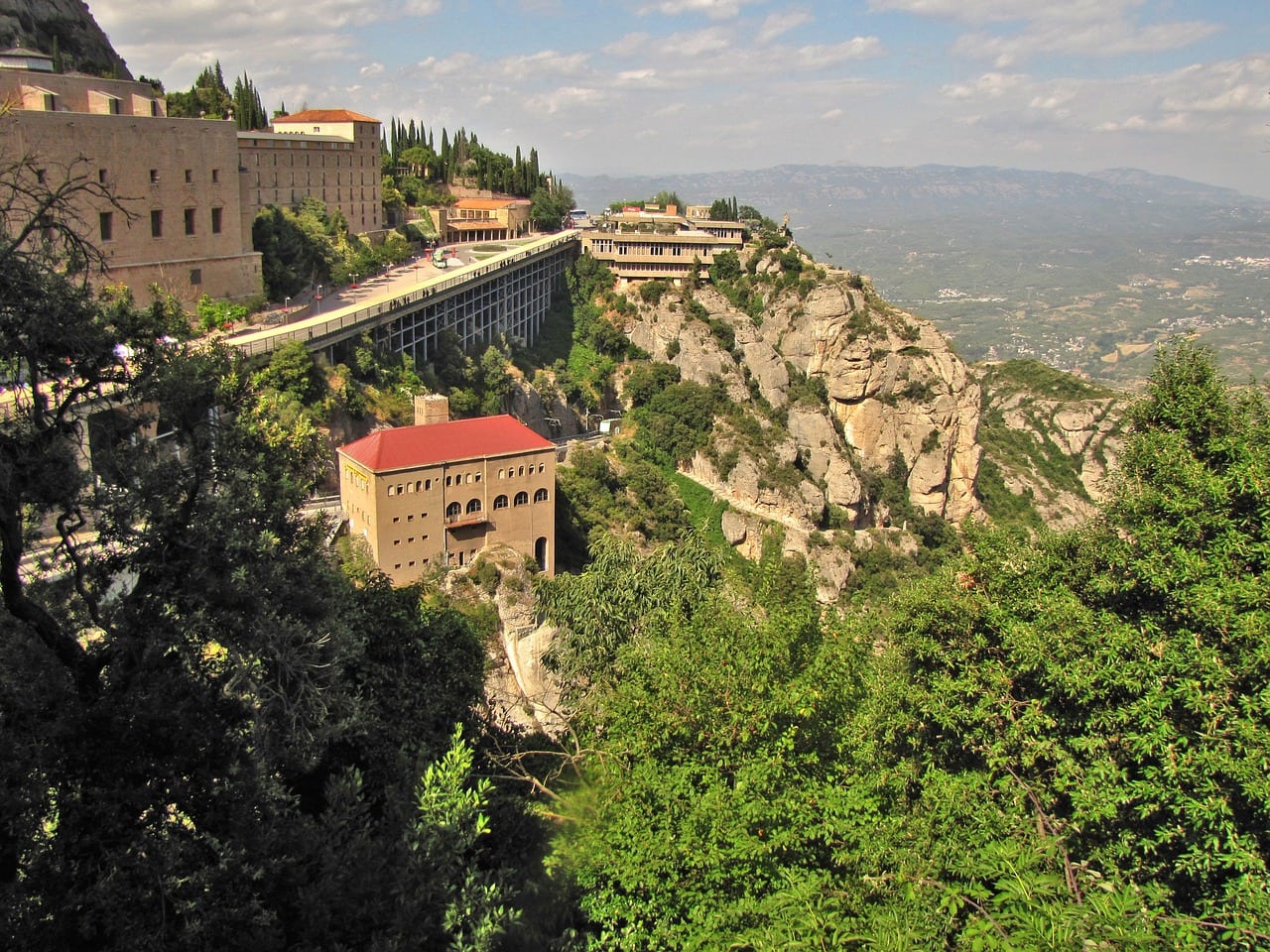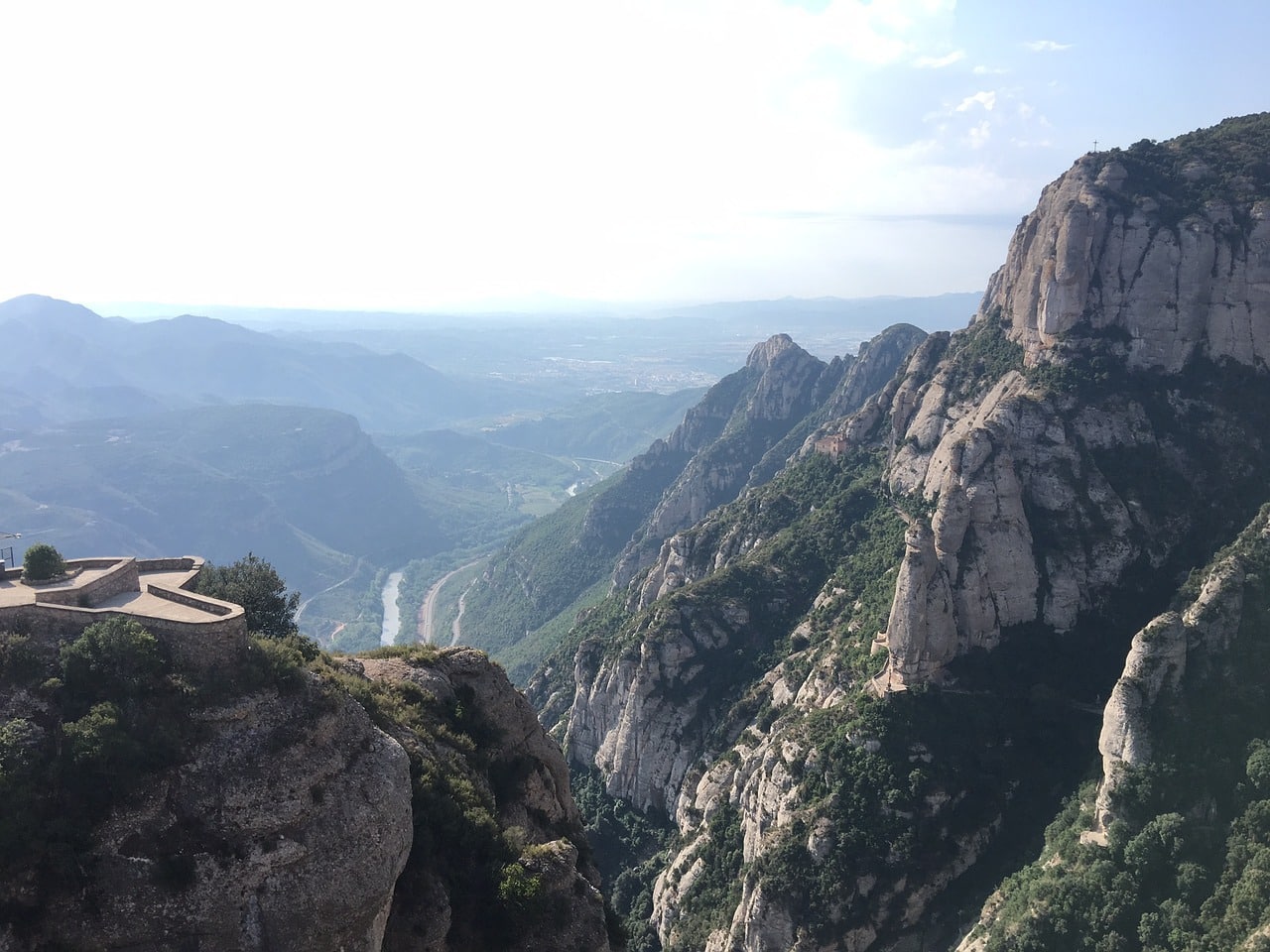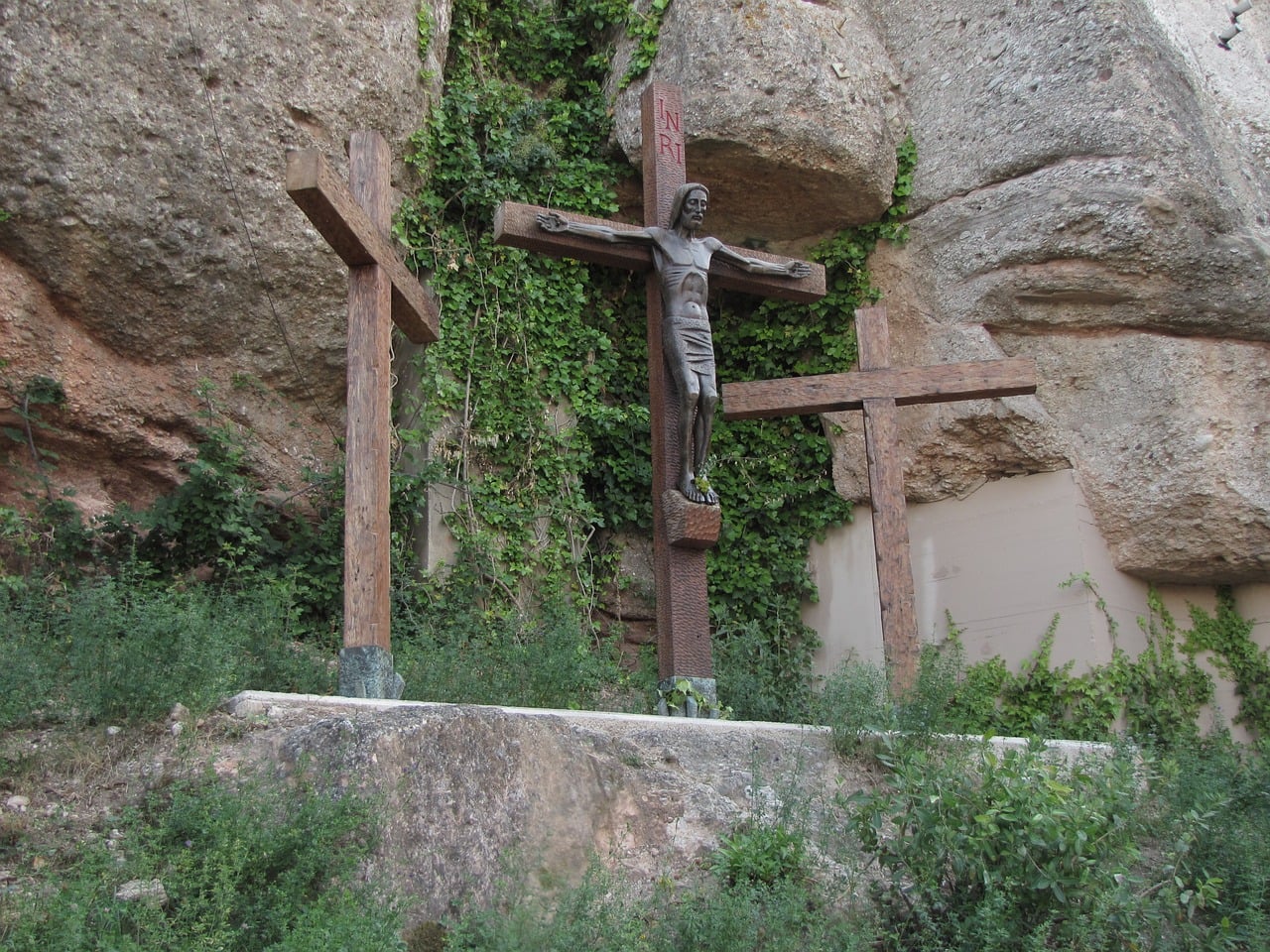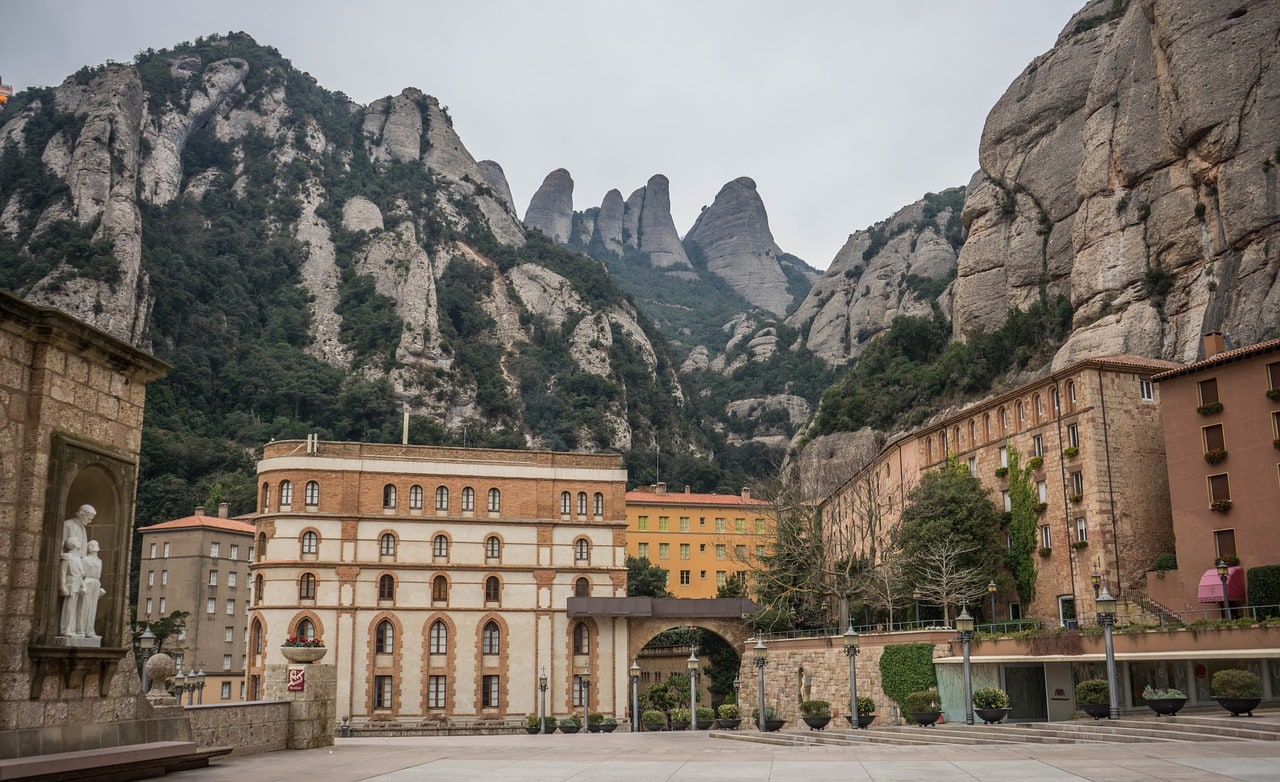
2021 Update
On weekends and Public Holidays, you will need to book a slot for the visit to the basilica, to hear the choir and to see the image of the Virgin. If you don’t book ahead of time, you may well not be able to visit due to capacity limitations due to COVID, if you don’t book ahead you may also need to queue for a very long time. You can book online here.
When I was a kid we used to walk to Montserrat, once a year, not as penitence or as pilgrimage, but more as a tradition passed down from grandparents to grandchildren. Nowadays, day trips to Montserrat from Barcelona have become one of the most popular day trips from Barcelona and, besides Catalan families, you will also find lots of visitors and tourists coming to enjoy this beautiful place.
I have been to Montserrat many many times, but I came once again just before writing this article to double-check everything and to take new photos, so you can be sure that this is not only the result of several trips but also of updated on the ground research.
Also, I am Catalan, so I can tell you a few anecdotes and other details a foreigner will miss. You need Catalan grandparents to have heard some of these legends!
This article will first talk about how to get to Montserrat from Barcelona and then we will look at the things to do, where to eat and where to stay. Below is the table of contents for easy navigation.
Montserrat History & Things To Do
If you want to read more about Montserrat’s history and why it is so important to Catalans and Catalonia first, click here to go straight to that section. If you want to read about things to do in Montserrat first, click here to go straight to that section.
If you are staying in Barcelona a few days, make sure to check our insider articles – remember, I am a local Catalan!
- The most complete list of all the fabulous things to do in Barcelona
- 4 days in Barcelona
- 1 day in Barcelona
- All of Gaudi Barcelona sights
- Wineries near Barcelona – another great day trip!
- Day trips from Barcelona
- An epic Road Trip Across Europe
How to get to Montserrat from Barcelona
Montserrat Monastery receives close to 3 million visitors a year and is located about 55km from Barcelona on top of a peculiar and unique rounded mountain whose shape is the result of water and wind erosion.
There are several ways to get to Montserrat from Barcelona: Your own car, private transfer, an organized tour, public buses, trains or on foot.
Because I wanted to write this article to help visitors with my first-hand experience, I have been to Montserrat myself using several of the ways listed below.
Visiting Montserrat from Barcelona on an organized tour
The easiest and most convenient way to get to Montserrat from Barcelona is to join an organized tour. There are many departing Barcelona either to visit just the mountain or to combine it with other places of interest around like towns, wineries or landmarks.
The advantage of joining a group is that you don’t have to figure out any of the transportation and also, you make the most of the day.
Buses will drive you all the way up to the top and then you can either explore on your own or follow the guide to the main spots, depending on the tour you book. Public transportation is great but it does take quite a lot of time so this is just a quicker way to get there
The downside is that most of these tours will not give you enough time to hike or to go to the top on the funicular train so you will be limited to the Sanctuary, the basilica, the views and, maybe, the museum. Many tours tend to be more of a highlight trip than a day trip from Barcelona to Montserrat.
Also, be aware of the misinformation spread by many tour companies who state that their tour includes entry to the basilica, entry is free, you do not need a ticket, so saying it is included is cheeky.
Lastly, bear in mind that queues to see La Moreneta, Our Lady of Montserrat, can be very long in the summer or peak periods so if you do not book a tour with enough time you may not be able to see it.
The last thing to consider when picking the right tour is the timing and possibility to hear the Boys’ Choir of L’escolania singing the hymn to the Virgin, El Virolai, which is absolutely breathtaking.
Their performances are at 1pm during the week and at noon on Sunday (no performance on Saturday) so make sure to check the timings of your tour. Trust me, you don’t want to miss this.
Below are our favorite tours of Montserrat:
- Full day tour of Montserrat and Santa Cecilia. This is the only tour that gives you enough time to see all of Montserrat, hike, hear the choir, see the Black Virgin AND in the afternoon, explore the monastery of Santa Cecilia, the first monastery on the mountain. Book it here.
- Highlights of Montserrat early morning: If you want to see the highlights only, get there before anyone else and get out before the crowds arrive, this tour departs 6:45am and arrives in Montserrat at 8am and gives you just enough time to visit the basilica and the Virgin and walk up to the Cross but the museum opens at 10am so you may only have 20min to visit it before departing at 10:30am. Book it here.
- Highlights of Montserrat. This tour departs a bit later (8am) and is longer than the previous one so you won’t have to get up so early and have a bit more time to see the best of Montserrat. The smaller queues earlier in the day probably guarantee the chance to see the Virgin. You are back in Barcelona by lunchtime. No time for the choir. Book it here.
- Small-group guided tour (morning or afternoon). If you want to have enough time to explore it all without being rushed or want to visit Montserrat in the afternoon, this tour gives you that. Bonus for not taking more than 8 guests. You won’t hear the choir because of the timing. Book it here.
- Hiking day tour to Montserrat. If you are into hiking and want to go up the mountain on foot with someone who is a local expert, this tour gives you just that plus some time to explore the sanctuary on your own at the top. Book it here.
To make it easier to compare the various tours above, we compiled the table below:
| Tour name | Lunch incl.? | Size of group | Duration | Price | How to book it | Notes |
|---|---|---|---|---|---|---|
| Full day of Montserrat and Santa Cecilia | No | Small group | 10h | 79 EUR | Book here | Time for the choir, the Virgin, hiking and museum |
| Highlights of Montserrat early morning | No (liquor tasting option) | Private | 6:45am to 1pm (Option for 1 or 2 day tour with Barcelona sites) | 30 EUR | Book here | Short tour, no choir but small queues to see the virgin. |
| Highlights of Montserrat | No | Small group | 8am to 2:30pm | 35 EUR | Book here | Reasonable starting time, no choir, possible to see the virgin |
| Small-group guided tour (morning or afternoon) | No | <8 pax | Half-day | 78 EUR | Book here | Only afternoon tour, more time, no choir, possible to see virgin |
| Hiking day tour to Montserrat | Snacks only | Max 12 pax | Full-day | 65 EUR | Book here | Possible to see the virgin and choir |
There are also lots of tours that combine Montserrat with other places to make a perfect day out of the city. Some of the best day trips from Barcelona are part of this list.
Below I have selected the best combo tours that include Montserrat. I have visited all of these places, many of them several times, so feel free to leave a comment/question at the bottom of the post or send me an email with questions.
- Montserrat & Artistic Barcelona. If you want to combine two hard-to-reach places on the same day this tour is a great way to do it. You will visit both UNESCO-listed La Sagrada Familia and Montserrat on a small group tour. Book it here.
- Girona Game of Thrones & Montserrat Tour. Discover the charms of Girona & learn about the city’s rich history & culture. Take a ride on a cogwheel train up Montserrat Mountain with a visit to the Royal Basilica of Montserrat. Book it here.
- Premium Montserrat, Sitges and Torres winery. This is probably the most complete of all the tours on this list and the one I would recommend the most, for the price it is a steal. I have done this all and it’s truly a great day trip from Barcelona. You will start in Montserrat, then head to Torres Winery, one of the most internationally renowned wineries in Spain still owned by the 5th generation of the family, and then to my home town of Sitges, a beautiful coastal town. The tour has the option to include a gastronomic wine-paired lunch at Torres new farm-to-table restaurant and a visit to the premium wine-making facility for its top of the line wine, Mas La Plana, both of which are great (I did it in Jan’20). Book it here. Here is more on how to get from Barcelona Airport to Sitges and back.
- Full-Day Montserrat Tour with Lunch and Wine. Private full-day trip in nature, where you not only visit Montserrat, but will also get to have lunch and a wine tasting of the best Cava in an incredible winery in the 14th-century Penedés. Book it here.
To compare the various tours above, we compiled the table below:
| Tour name | Lunch incl.? | Size of group | Duration | Price | How to book it | Notes |
|---|---|---|---|---|---|---|
| Montserrat & Artistic Barcelona | No | Private - Small Group | 10 hours | 99 EUR | Book here | Visit exterior of Sagrada Familia, walking tour with entrance to Park Güell, Passeig de Gràcia (Casa Milà 'La Pedrera' & Casa Batlló) & Montserrat |
| Girona Game of Thrones & Montserrat Tour | No, liqueur tasting | Private - Small Group | 11.5 Hours | 104 EUR | Book here | Great to see two of the region's top attractions |
| Montserrat, Codorniu and Sagrada Familia | No, wine tasting | Private - Small Group | 9 hours | 138 EUR | Book here | Very full day with highlights of all 3 places |
| Premium Montserrat, Sitges and Torres winery | Yes, if selected also liquor tasting paired with Iberian ham | Private - Small Group | 11 hours | 85 EUR | Book here | Rounded day with wine, sea and mountains but can feel rushed |
| Montserrat and Cardona | Brunch and liquor tasting | Private - Small Group | 10 hours | 95 EUR | Book here | Very long day but very efficient |
| Full-Day Montserrat Tour with Lunch and Wine | Lunch in a traditional restaurant in the heart of the Penedes Valley with wine tasting | Private - Small Group | 9 hours | 291 EUR | Book here | 3-hour tour in Montserrat, 2-hour tour in the vineyard |
Going to Montserrat by car
If you have your own car and want to visit Montserrat independently you can drive all the way up to the Monastery level.
Driving to Montserrat is easy as there are major roads linking the mountain with all the spots in Catalonia. It takes about 50min to drive from Barcelona. However, I would strongly recommend you get there really early if you want to find a parking spot.
Parking is limited at the top and it can get really crowded on any day of the year, weekends are impossible. Parking costs 6.5 EUR per day.
If you drive all the way only to find the parking full you will have to drive back down and park at the free parking lots of the Cremallera or Aeri to get the train or cable car up.
Going to Montserrat by private transfer
If you just want the comfort of a private transfer service to the top of the mountain but don’t want to drive yourself, there are transfer companies that will pick you up from your hotel in Barcelona and take you to Montserrat at your desired time.
Book your private transfer to Montserrat from Barcelona with a guide here.
Going to Montserrat from Barcelona by bus
Although not very well known, there is a bus service that connects Barcelona Sants Station with Montserrat on a daily basis departing in the morning at 9:15am and returning at 5pm or 6pm depending on whether it is summer or winter.
This is a very cost-effective way to get to Montserrat as the bus only costs 5 EUR but there is only one time so you will have to want to spend the whole day in Montserrat, which is not such a bad idea!
Check the website of the bus company, Autocars Julia here.
Visiting Montserrat from Barcelona by public transportation
The most flexible and economical way to get to Montserrat is by taking the train and then either the cable car or the Cremallera to the monastery level.
Here you can find the museum and the basilica, shops and restaurants and a couple of hotels. Many people stay here but most prefer to continue up to the top of the mountain on the Sant Joan funicular for hiking and to visit some smaller chapels.
It is easier than it sounds but because of the many means of transport involved, you need to allow for about 1.5h to get to the Sanctuary. This is a summary of the options:
- Option 1: FGC train to Aeri de Montserrat Station (1h) -> Aeri de Montserrat cable car (5min)
- Option 2: FGC train to Monistrol de Montserrat Station (1h) -> Cremallera (20min)
Pro tip: Take the Aeri up and the Cremallera down so you can experience both views and journeys. This is more expensive because you can’t buy return tickets but will get you to Montserrat first (Aeri is just 5min) and you will board the train to Barcelona first too (the Cremallera station connects with the FGC one stop before the Aeri). Towards the end of the day FGC gets very busy so if you board later you may end up having to stand all the way (1h!)
Now let’s get down to the details of each of these transportation options.
Ferrocarrils de la Generalitat de Catalunya train to Monistrol de Montserrat or Aeri de Montserrat
In order to take the cable car or the Cremallera to Montserrat, you first need to take the light blue R5 train line or the R50 darker blue train line from Ferrocarrils de la Generalitat (FGC).
Note that the dark blue line stops at all stations whereas only the light blue line stops at Aeri de Montserrat for the cable car. The trains are the same just the timetable varies so you could look into both lines as a way of knowing the stops it will make.
Trains depart Pl. Espanya FGC station where you can connect with the city’s metro system and there are between one and two trains per hour depending on the time of day and day of the week (less in the weekends). The journey takes about an hour.
Here is a map of both train lines in case you want to see all the lines or come from a different place to Barcelona. And here is the timetable for the trains.
Cremallera to Montserrat Monastery
More than just a means of transportation, the Cremallera rack railway system connecting Monistrol de Montserrat with Montserrat is a feat of engineering with a long history.
As I was telling you, walking to Montserrat was a thing when I was a kid and hiking organizations still do that once a year.
But originally, before the end of the 19th century, walking was indeed a necessity as there were no roads or other means to get up this beloved pilgrimage spot. The only other way to make the journey was via stagecoaches.
It was at the end of the 19th century, in 1892, that a local engineer and lover of Swiss trains convinced a local businessman to build a mountain train to cover 550m height between the bottom and top of Montserrat with a train.
The Ferrocarriles de Montaña a Grandes Pendientes company was created for such a purpose and managed to connect the two in just over an hour. Those trains ceased operations in 1957 and from then on, cars or the cable car were used to drive up.
It wasn’t until 2003 that the hiatus ended and the Cremallera train started operation again. This time, covering the 5km journey in just 20min and climbing up the steep slope of the mountain in an exhilarating excursion.
If you start the journey at Monistrol de Montserrat, where the FGC train from Barcelona stops, you will also be able to enjoy the short train journey that crosses the Llobregat River and the C-55 road on the Centenary bridge and goes through La Foradad (the hole) tunnel. Below is a small image showing the route that the Cremallera takes.
I highly recommend taking the Cremallera train, not because I am a train geek (which I am) and not because I love trains (which I do, and I have been on many long-distance, multi-day train journeys) but because the experience and the views you will have are great.
Pro tip: Make sure to double-check the schedule of Cremallera for the day of your visit because the frequency varies from one to three trains every hour depending on the time, day and month of the year. On busy days, there can be a queue to take the train down from 4pm onwards and you could be waiting a while.
You can check the Cremallera timetable here.
Aeri Cable Car to Montserrat Monastery
Another (faster) way to get up the mountain is by taking the cable car from Aeri de Monistrol FGC station.
The cable car has been operating since 1930 and runs every 15min taking just 5min to cover the distance of over 1.3 km. It is way quicker than the Cremallera, but I always loved trains so I prefer it over the cable car.
Funicular to the top
Once you get to the monastery level, you will be able to explore most of Montserrat including the basilica, the outdoor museum trails, the viewpoints and museum.
However, there is a huge network of hiking trails that are located further up, at the top of the mountain, above the clouds. To get there, you will have to take the 1926 funicular de Sant Joan which is an experience on its own.
This 65% gradient funicular covers the 250m slope to the top in what looks like a real-life zipper. There are no seats inside so the short journey is standing, but wow does it provide breathtaking views!
There is also the 1929 funicular de la Santa Cova which takes you to the Holy Grotto where the image of La Mare de Deu de Montserrat was found. Here you can also see the Monumental Rosary with a scene from Gaudi.
Unfortunately, the funicular de la Santa Cova (Funicular of the Holy Grotto) has been out of operation for a while due to damages from the weather so if you want to visit the grotto before it resumes service, you have to follow the hiking path instead.
Going to Montserrat from Barcelona on foot
As I was telling you, when I was a kid, we used to walk to Montserrat. This was originally a religious and pilgrimage journey but, with time, evolved into a cultural activity at the heart of any Catalan.
You could walk all the way from your house, depending on how far you lived and how long you wanted to walk, or drive to Collbato, Monistrol or the other starting points and then walk up the last stretch to the monastery from the base of the mountain. From the bottom of the mountain, the hike is a 450-550m ascent that takes between 1.5h to 2h.
While the advent of trains and cable cars made the walk unnecessary, this is a Medieval Catalan tradition that has remained alive thanks to the many hiking groups that organize them every year.
At the top, you would mingle, dance the traditional Catalan folkloric dance of La Sardana, have lunch and then go back down, this time, using public transportation.
In Catalonia, we love to walk and we have hundreds of paths and hiking trails well maintained by the Catalan Government and many hiking associations. Some of them are part of the GR network of hiking trails that connect to European trails and will bear the GR double line signs.
The most historically popular of these trails is the one that starts in Collbato and covers the Monumental Rosary path as well as the two caves of Salnitre and the Holy Grotto.
If you take this one you can see the only work of Gaudi in Montserrat, one of the scenes of the Rosary that is part of this path. Start at the car park of the Coves del Salnitre and follow these directions to get there in 1.5h to 2h.
Alternatively, you can walk from Monistrol de Montserrat and follow the newly marked paths. GR5/96 is the most popular path from Monistrol and goes all the way to Barcelona.
This is known as the Pilgrimage path because it is the route those going to Santiago de Compostela on the Camino used to take to make a stop in Montserrat. Here are the directions for this route, the hike takes 1.5h to 2h.
If you wanted to walk all the way from Barcelona, the GR6 connects Parc del Laberint d’Horta with Montserrat over a 3-day trail. You can find the details here.
If you prefer to join a local hiking guide, this tour provides two hiking options of 7 and 10 miles duration depending on your fitness level. You will meet your guide at Pl. Espanya FGC station and then buy the train ticket to start the journey. At the top, you will be given free time to explore Montserrat. Book it here.
Alternatively, this tour will give you three hiking options and take you to Montserrat by minivan in a smaller hiking group. Book it here.
Tickets for Montserrat
Now that you know how to get to Montserrat you need to decide which ticket to buy. Some of the group tours already include some of the tickets (e.g. museum or cable car), though the majority don’t, so double-check before.
Firstly, note that you can simply get to Montserrat, visit the basilica and the sanctuary area, go hiking through the many trails, see the outdoor museum and not spend a thing. The entry tickets listed below are usually combo tickets that include transportation.
Hence, when you read about tickets for Montserrat, you are usually talking about transportation tickets and, if you are interested, access to the Museum or combos with lunch.
There are a myriad of ticket options so I will list the various ticketed places in the mountain first and then add a summary table so you can see it all clearly laid out. Let’s take a look at all the ticket options for Montserrat.
Despite what some unscrupulous tour companies tell you, the sanctuary and basilica, as well as all the other parts of Montserrat beyond the museum, are free of charge. Hiking is also free, as is seeing the Virgin. The only chargeable spaces are the museum and the Audiovisual room.
- The Museum of Montserrat is a fabulous art museum with an incredible collection including Miro, Dali, Picasso and foreign artists such as Caravaggio. It has been built over the centuries with donations to the Abbey by individuals. Entry carries a fee of 8 EUR.
- The audiovisual room is a new space that takes visitors through a virtual tour of Montserrat. Because the monastery is still in operation and off-limits to visitors, this is the only way to learn more about it. You will also be able to hear more about why Montserrat is important for Catalonia and its symbolism.
You can explore the area independently with the audio guide and booklet that will guide you through all the parts of Montserrat. I found the audio guide very useful and can recommend it. It can be picked up from the Tourist Office.
| Tour type | Price | Where to buy | Notes |
|---|---|---|---|
| Montserrat Museum | 8 EUR | At the ticketing counter of the museum | Make sure to check the closing time for the museum |
| Montserrat audio guide | 2.2 EUR | At the information office by the funicular | Make sure to return it before the office closes |
| Guided Tour with Early Access | 35 EUR | Book it here | 5 hour tour starting time 7:30 AM with optional hotel pickup |
| Trans Montserrat by car: Metro to Pl. Espanya + FGC train from Pl Espanya + Cremallera OR Aeri (your choice) + Audiovisual room + unlimited funicular Sant Joan ride | 33.45 EUR | Book it here | Bring your own lunch or buy from the cafeterias on site |
| Tot Montserrat by train: Metro to Pl. Espanya + FGC train from Pl Espanya + Cremallera OR Aeri (your choice) + Montserrat Museum + Audiovisual room + lunch + unlimited funicular Sant Joan ride | 50.95 EUR | Book it here | The most complete ticket |
A brief history of Montserrat
Montserrat is both the name of the mountain, as well as the Virgin, Patron Saint of Catalonia, and it also gives its name to the monastery on its grounds, Santa Maria de Montserrat Monastery. It is also a relatively popular name given to girls, like for example my sister, and shortened to Montse.
If you are Catalan, Montserrat is much more than just a tourist attraction, it is a symbol of Catalonia and a place of spiritual and cultural pilgrimage.
The first Sanctuary of the Virgin of Montserrat was founded by Wilfred the Hairy, first Count of Barcelona (he also founded the castle and village of Cardona), in 888 and given to the then important Monastery of Ripoll.
It wasn’t until 1025 that the abbot decided to build a small monastery on-site which quickly grew in importance until becoming an independent monastery in 1409.
Montserrat became famous because of the many miracles that the Virgin was said to grant and through the centuries continued to thrive until the French War at the beginning of the 19th century brought it to a standstill (Napoleon was not a very religious man).
Monastic life restarted in the mid-19th century and in 1881 the Virgin was declared the Patron Saint of Catalonia and coronated by Pope Leo XIII.
Unfortunately, the Spanish Civil War damaged the monastery but it was salvaged from serious sacking and has continued to evolve and grow.
In recent years, Montserrat has become a famous tourist attraction for visitors to Catalonia and receives thousands of visitors a day. The monastery is still in operation and there are about 80 Benedictine monks living in it.
Our Lady of Montserrat
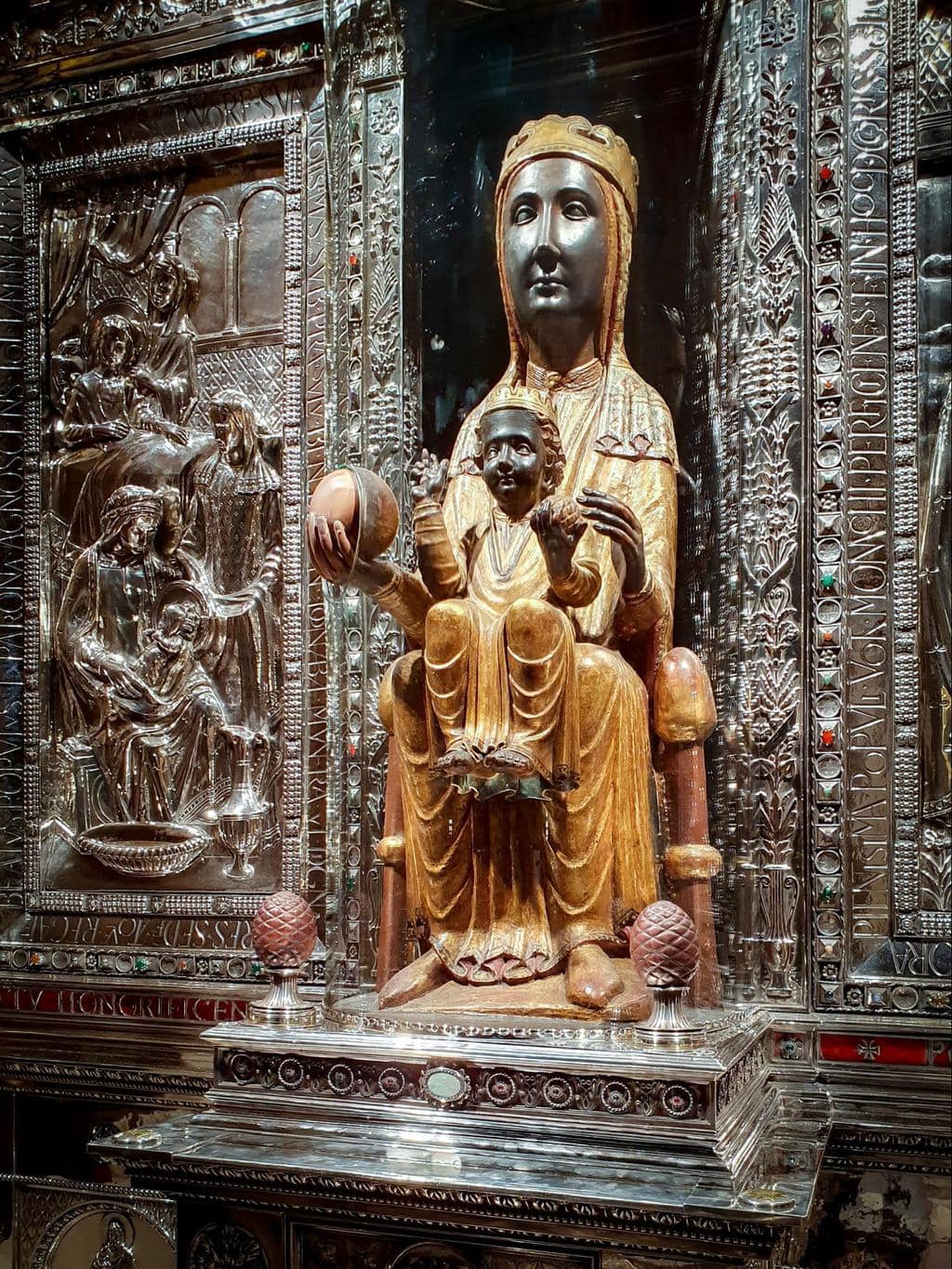
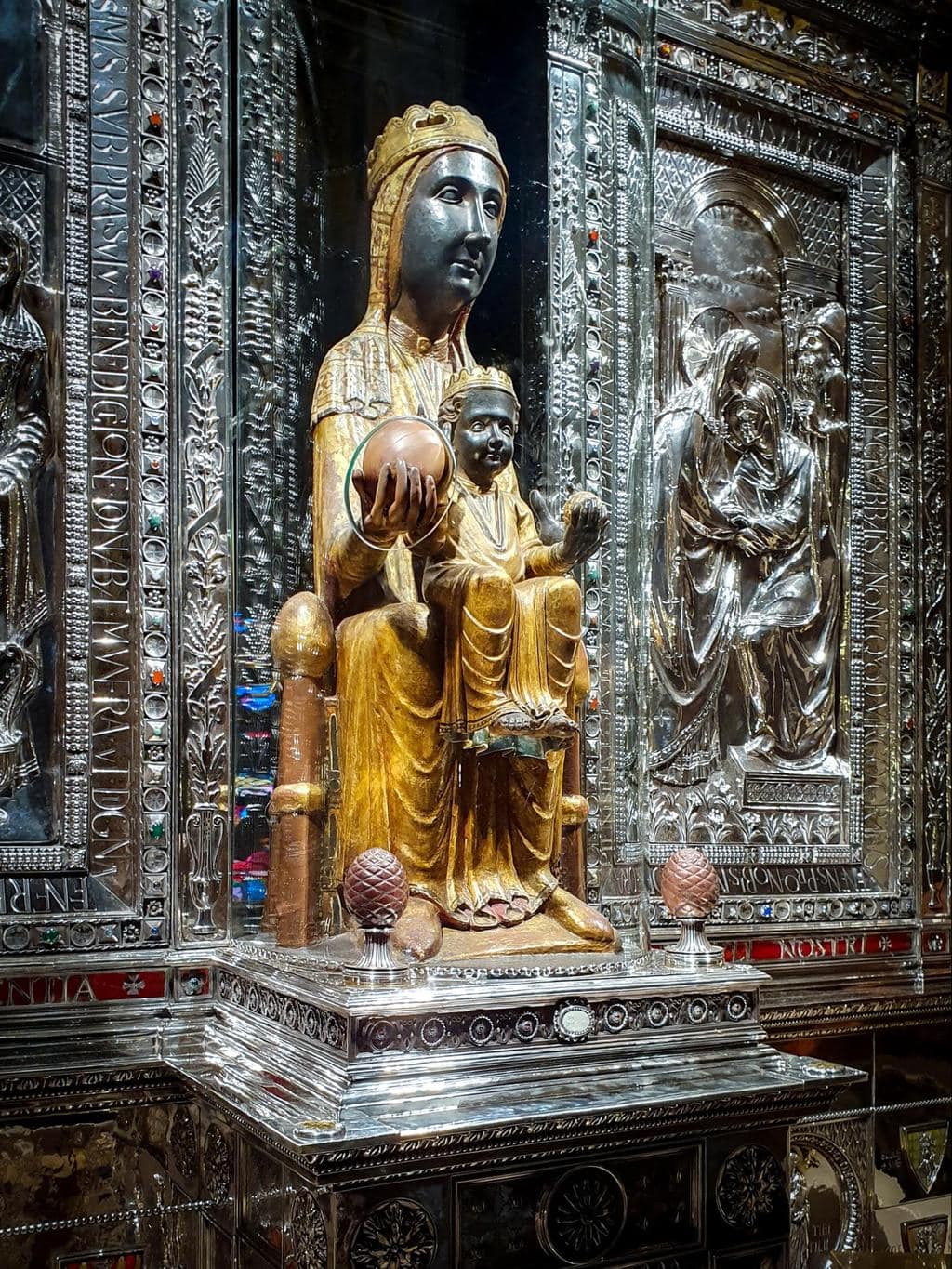
What makes Montserrat unique is the 12th century black Lady of Montserrat statue and Jesus child which were always thought to have been black.
In 2001, it was proven that the statues turned black because of candle smoke always burning at their feet and had been repainted dark by successive caretakers through the centuries, last time at the end of the 18th century.
The virgin holds the Earth in one hand as a symbol of the universe and rests the other on the child’s shoulder. Jesus has one hand raised in the same way it is done for Easter blessings. At the feet of the Virgin is Sant Jordi and the Coat of Arms of Catalonia and of Montserrat.
Our Lady is amicably called in Catalan, la Moreneta, or the tanned one, because it is black, and is a Romanesque 95cm tall polychrome statue that is enthroned in a silver altar above the basilica’s main altar and oversees the entire congregation at mass.
The Virgin is the patron Saint of Catalonia together with Sant Jordi and was enthroned and canonized in 1881 by Pope XIII.
La Mare de Deu de Montserrat, her official name in Catalan, has left the monastery on several occasions for protection in view of imminent hostile attacks against the church and religion.
It was hidden in the house of poor farmers for several years during the war with Napoleon at the beginning of the 19th century, during the Ecclesiastical Confiscation of Mendizábal when monasteries and churches were confiscated or burned down across Spain, during the Tragic Week in 1909 and during the Spanish Civil War.
Because of its importance for Catalonia, Montserrat is a pilgrimage stop before important events, for example when FC Barcelona won its first UEFA cup in 1992, the players all cycled to the mountain from Camp Nou to fulfill a promise they made to the Virgin.
You can see a short TV broadcasting from the time here with a young Guardiola arriving first, albeit with some help from then vice-president Gaspart, and several other prominent members of the Catalan sports and cultural world and many fans accompanying the players.
Until 1999 the club would always offer its victories to the Virgin at the end of each season but this tradition stopped with President Laporta who decided to favor a pagan approach to sports with 2005 as an exception. The tradition is in place again since 2016.
And did you know there is a small chapel to the Virgin inside Camp Nou where some of the club’s most religious players pray before a big match?
Messi is said to visit regularly.
But her importance is not only to Catalonia. Our Lady of Montserrat and the monastery have been a place of pilgrimage for Kings and Popes. One of the first abbots to Montserrat went on to become Pope Julius II, the pope for which Michaelangelo worked.
All of Spain’s Kings have prayed to the Virgin. Several of them died with blessed candles from Montserrat. And one of the mountain’s hermits accompanied Christopher Columbus to America when he discovered the new continent making him one of the first missionaries of the many that populated cities such as Antigua Guatemala or Mexico City.
Things to do and see in Montserrat
Now that you have an idea of how to get to Montserrat from Barcelona and about the various ticket options and costs, let’s have a look at the many things to do and see in Montserrat.
Hear the boys’ choir, l’Escolania
The boys’ choir in Montserrat is one of the most beautiful sounds you will ever hear. Called l’Escolania de Montserrat, this group of kids aged 9 to 14 receives their regular education on-site and spends the afternoons training their musical aptitudes.
You can hear them at 1pm on weekdays and at noon on Sundays. On Saturday they do not sing and there is also a long break during summertime when the kids go back to their families, and for Christmas when they are also sent home.
L’escolania has been performing since the 13th-century and is one of the oldest choirs in Europe. The first written documents that mention them are from 1307.
The choir sings during some services but the best performance is the one where they sing El Virolai, the hymn to the Virgin and of Catalonia written by Cinto Verdaguer in the second half of the 19th century.
Cinto Verdaguer was a monk and one of the most prolific and beloved poets of the Catalan Renaixenca movement that brought back the best years of Catalan culture. This was also the time of Modernisme, of Gaudi and of the creation of the Eixample district in Barcelona.
Every Catalan kid will learn El Virolai at school and hearing it is one of the most beautiful experiences. The above video is a recording of l’Escolania and El Virolai.
Pay your respects to the Mare de Deu de Montserrat
Our Lady of Montserrat is the reason for Montserrat’s existence.
Legend has it that the small statue of the Virgin was found in a grotto in the mountain and that she has granted many miracles. Pilgrims from all over the world come to see her.
Her statue is enthroned above the Basilica in a large silver throne with intricate designs. Pilgrims, or anyone who wishes to, can get up and close with the Virgin for free during the opening times.
You are allowed to take pictures (no flash) and to touch her right hand through the opening in the glass if you wish to make a small prayer or ask for a miracle.
On your way to her throne, before climbing the stairs, admire the Angelic Door, in white alabaster and covered in small figures of angels.
To see the Virgin you will have to queue as access is managed and controlled. During peak times or busy days, the queue can be pretty long so I highly recommend you come really early in the morning or stay until late if you are planning to visit during the summer months or weekends when Montserrat is extra popular.
Note that access is closed during lunchtime from 12 noon to 2pm for mass service and rest. You will only have a couple of seconds in front of her and the guards will make sure the queue does not get held up.
Light a candle for the Virgin
As you exit the path to see the Virgin you will find yourself outside, behind the basilica, in the Ave Maria Way, a path that seems carved on the rock of Montserrat and which is filled with candles.
You can buy one from the self-service areas by dropping a coin (prices are indicated, you can buy candles of different sizes) and light your candle as you make a small prayer to the Virgin. Remember, she is said to make miracles come true.
Explore the Sanctuary and basilica
Now that you have paid your respects to the Virgin you can explore the rest of the basilica and the sanctuary square and area. This is where the heart of Montserrat is and where the religious side of the mountain is revered.
As a reminder, Montserrat has a working monastery with 80 Benedictine monks and the monastery part is off-limits to visitors.
The main Sanctuary Square is surrounded by various administrative buildings and the Abat Oliva cells, a hotel for pilgrims and those who want to sleep in Montserrat and be the first ones in and out. Since most public transportation options end quite early, the monastery becomes very quiet at night.
Make sure to check out the guest book at the hotel where you can see illustrious names such as the Catholic Monarchs Ferdinand and Isabella as well as Elizabeth II.
In the square, look for the tall cedar trees, the ones featured on the flag of Lebanon, which were brought from this country by one of the monks, and the largest donors to the museum, Father Bonaventura Ubach who wanted them to symbolize the union between The Holy Land and Montserrat.
While at the square, head to the edge that faces toward the funicular to see the magnificent views below. On the other side, look up to see the three famous spires of Montserrat towering high above the monastery roof.
You won’t be able to enter into the monastery but you can see a small part of the cloister that is on the left of the entrance to the basilica. Puig i Cadafalch designed the main cloister and you can see it in the virtual tour at the audiovisual room.
As you enter the basilica you will find several tombs, sculptures and paintings to famous religious men (including Pope Pius X), and royals from Saint Ignatius of Loyola, founder of the Jesuits, to John of Aragon.
The basilica itself was rebuilt in the 19th century but the original one was consecrated in 1592 and follows the Gothic and Renaissance styles.
The main altar and baldachin date from the 1950s and are intricately decorated in gold, silver and enamel. They give the altar a sophisticated and rich appearance different from other important religious buildings in Catalonia which follow more austere Romanesque or Gothic styles.
As you walk around the basilica’s interior, take note of the large Modernist paintings in the Presbytery painted at the end of the 19th century, and the many votive lamps that adorn the edges of the central nave, each is unique and some are richly adorned.
Even if the boys’ choir is not singing when you are in Montserrat, it pays to stay for a bit of the mass service just to hear the organ. This is the largest in Catalonia and one of the largest in Europe.
The basilica’s central nave is surrounded by many chapels devoted to various saints.
On your way out, admire the large rose window with beautiful stained glass and a scene depicting the Virgin of Montserrat with the Blessed Trinity.
Pro tip: To enter the basilica you need to cover your shoulders and knees.
Learn more at the Audiovisual Room
The audiovisual room is a recent addition to the tourism offer of Montserrat and gives visitors the opportunity to learn more about the mountain and the monastery as well as see some images of the part that is behind closed doors.
Go hiking above the clouds
Because this is a mountain and protected natural park, one of the best things to do in Montserrat is hiking around. Even if you are not a religious person or are not interested in the basilica or museum, the landscapes of Montserrat are amazing.
The mountain has a unique profile created over millennia of erosion of its conglomerate rock that gives it its peculiar rounded peaks. There are lots of hiking paths for every level of fitness, and you can walk for as long as you like.
The best trail to follow is the gravel Tebes trail which starts at the upper station of the Sant Joan Funicular. You just get off the station and follow the path which ascends slowly towards three old tiny churches San Juan, San Onofre and Santa Magdalena.
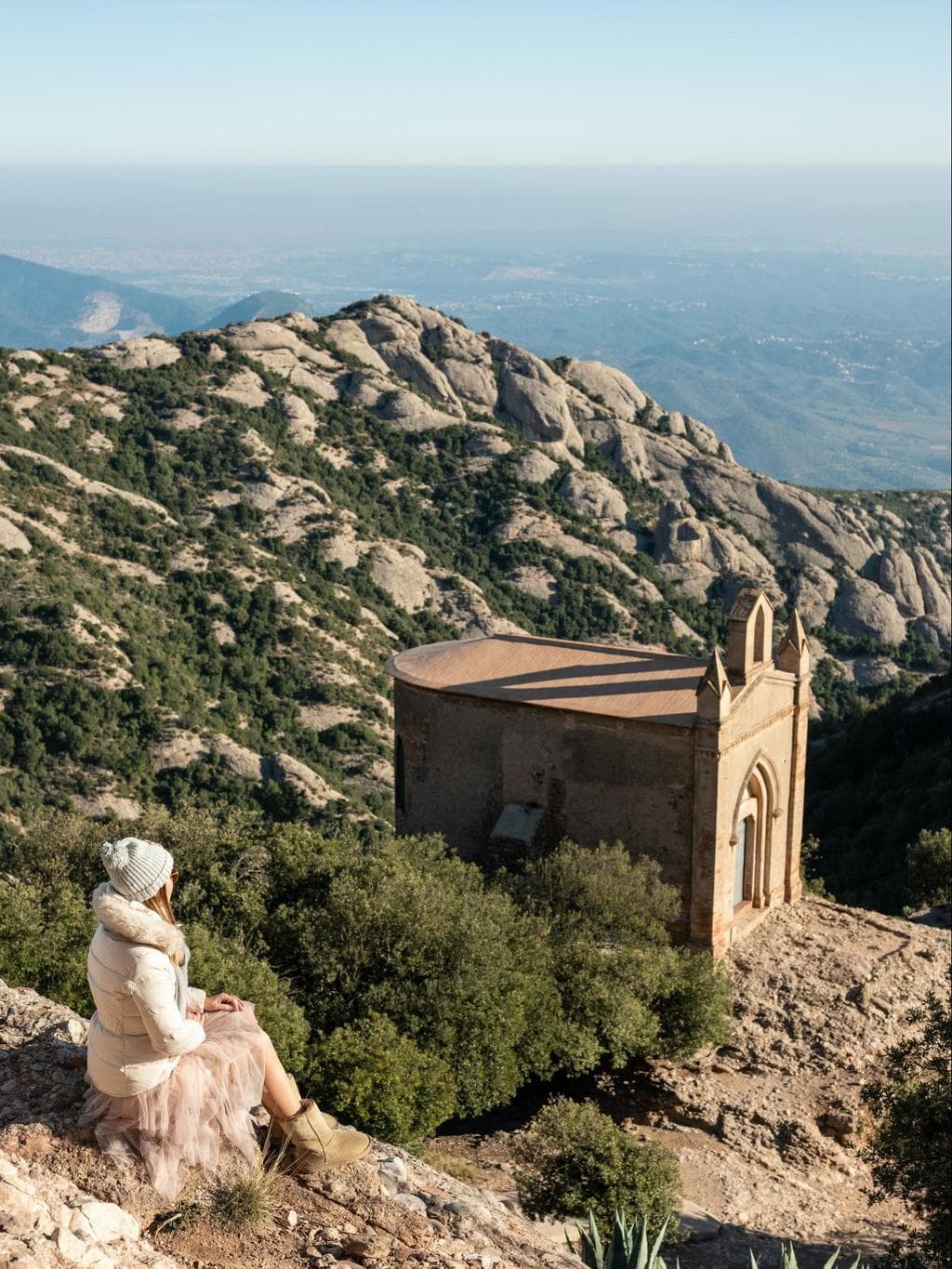
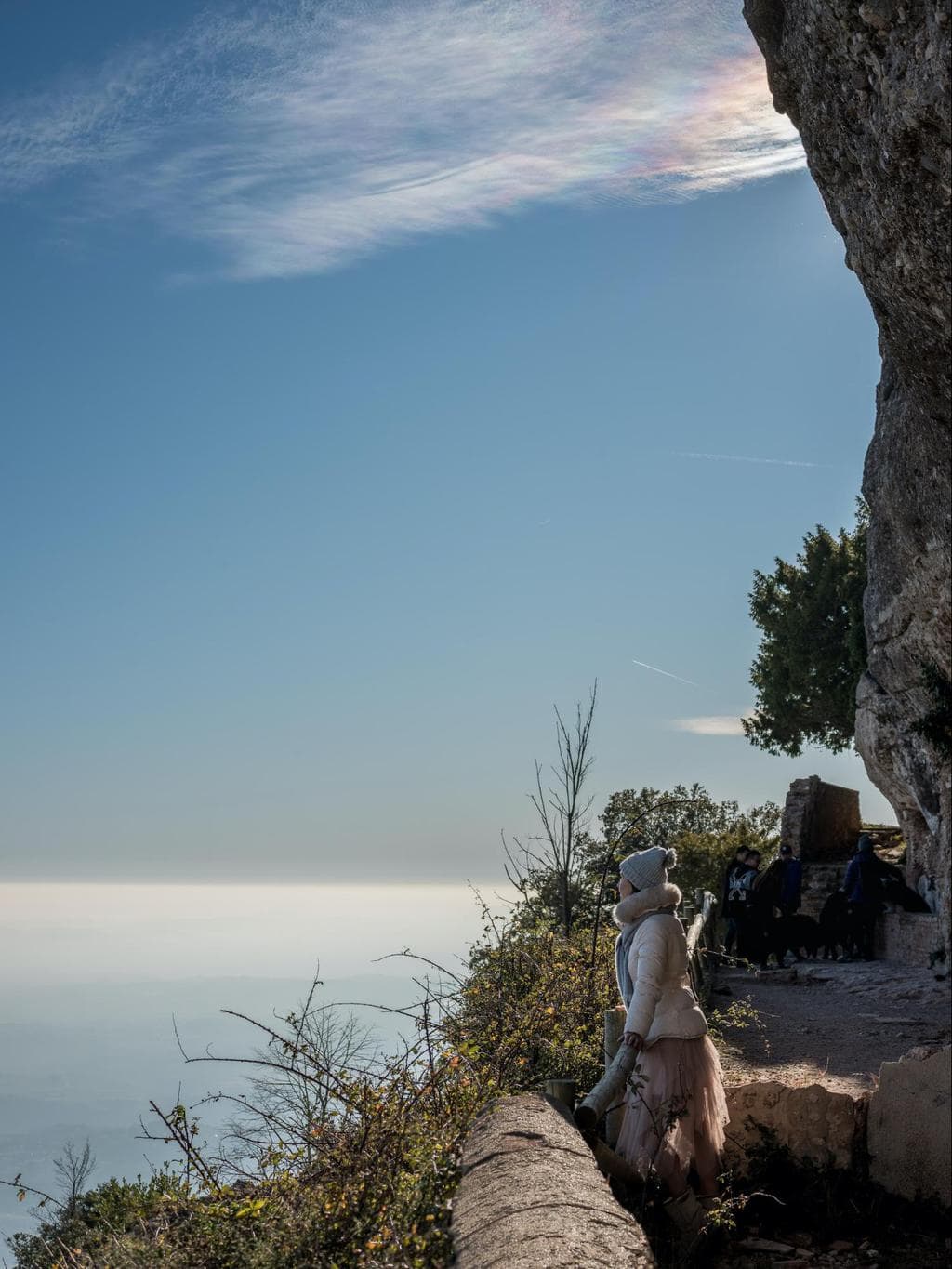
As you walk up you will have incredible views of the valley and surrounding agricultural land around Montserrat and, during autumn and winter, you will be just above the clouds for that perfect fairytale picture.
There are several spots where you can take a break and even enjoy your own picnic. It should take a maximum of 1h to cover the trail and return back to the station.
The opposite side of the mountain from the upper station of the funicular takes you to the viewpoint of Sant Jeroni which has stunning panoramic views from the very top of the mountain at 1,226m above sea level. You need to allow for 2.5h to cover this route.
Ride the funicular
Even if you are not planning to hike any further when you reach the top, the funicular is well worth the ride in itself, and it is sure to make your heart beat faster!
The 65% gradient covered by the funicular will give you stunning views of the monastery below and make you feel like a human zipper.
Pro tip: Get a spot in the bottom compartment for the best views and photos.
Explore the Museum of Montserrat
The Museum of Monserrat is one of the most underrated things to do in Montserrat.
Who would have known that, behind the small door, hidden below the main sanctuary’s square, there would be such a treasure trove of art pieces, not only from famous Catalan masters but also from some of the most revered French and Italian artists such as Caravaggio or Monet and even Egyptian mummies.
The museum started as the Biblical Museum of Montserrat displaying the collection of art pieces by Bonaventura Ubach to illustrate the bible. These included ancient art pieces from Egypt, Persia and Mesopotamia.
During the 1930s, the building was expanded with the addition of a basement space designed by Modernist architect Josep Puig i Cadafalch, contemporary of Gaudi and author of Palau de la Musica Catalana and Hospital de Sant Pau.
It was in 1968 that the collection was substantially expanded to include all the other art pieces that were on display at the monastery under one roof.
From then onwards, the museum’s space and its collection have continued to expand with donations from Catalan art lovers that decide to leave their art pieces to the Monastery.
Today, you can find a huge range of art movements represented, from pieces made in the ancient civilizations of Egypt, Persia and Mesopotamia, to Catalan and European Medieval Romanesque and Gothic paintings, or Renaissance paintings by renowned artists such as Caravaggio or El Greco.
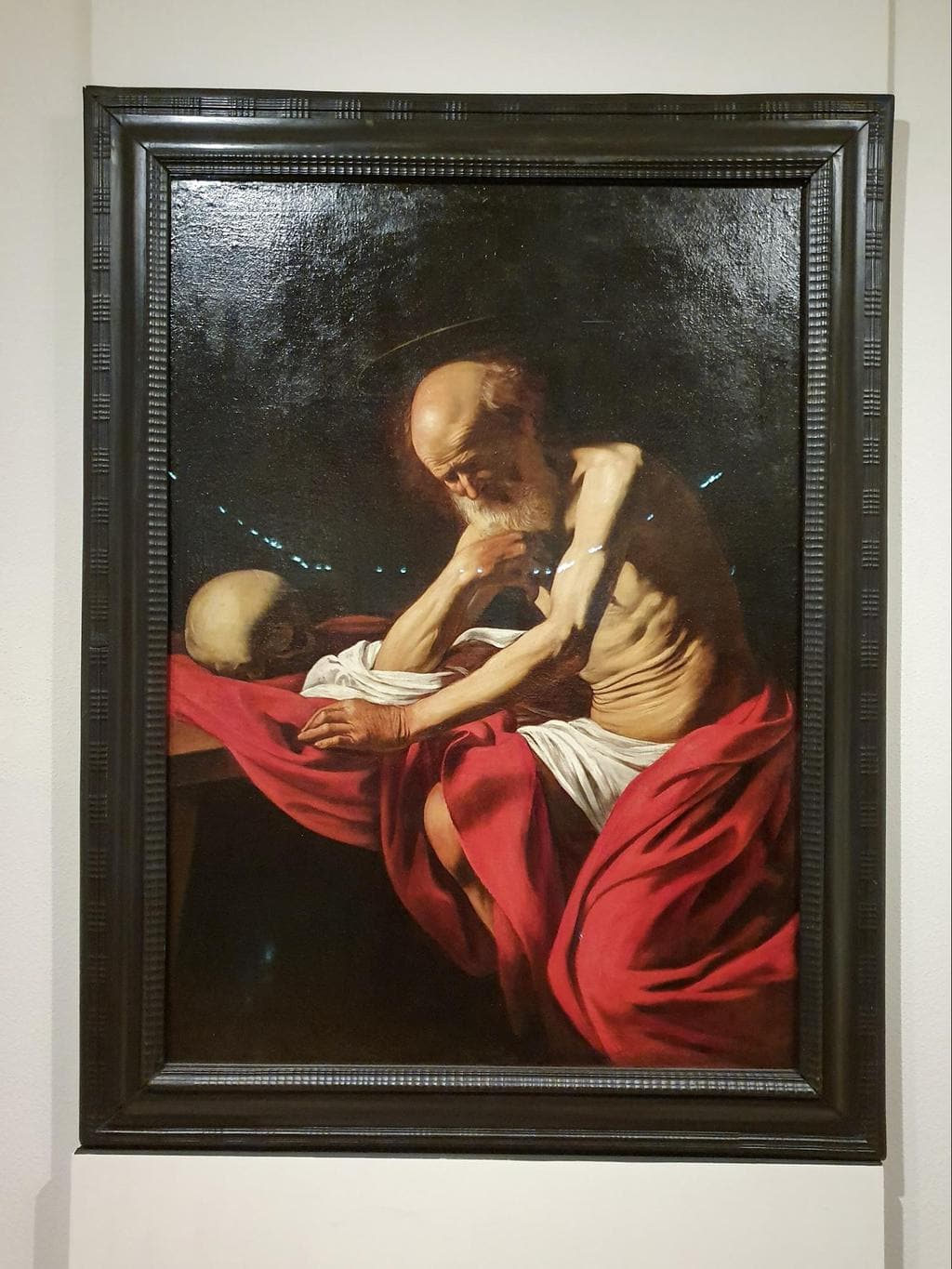
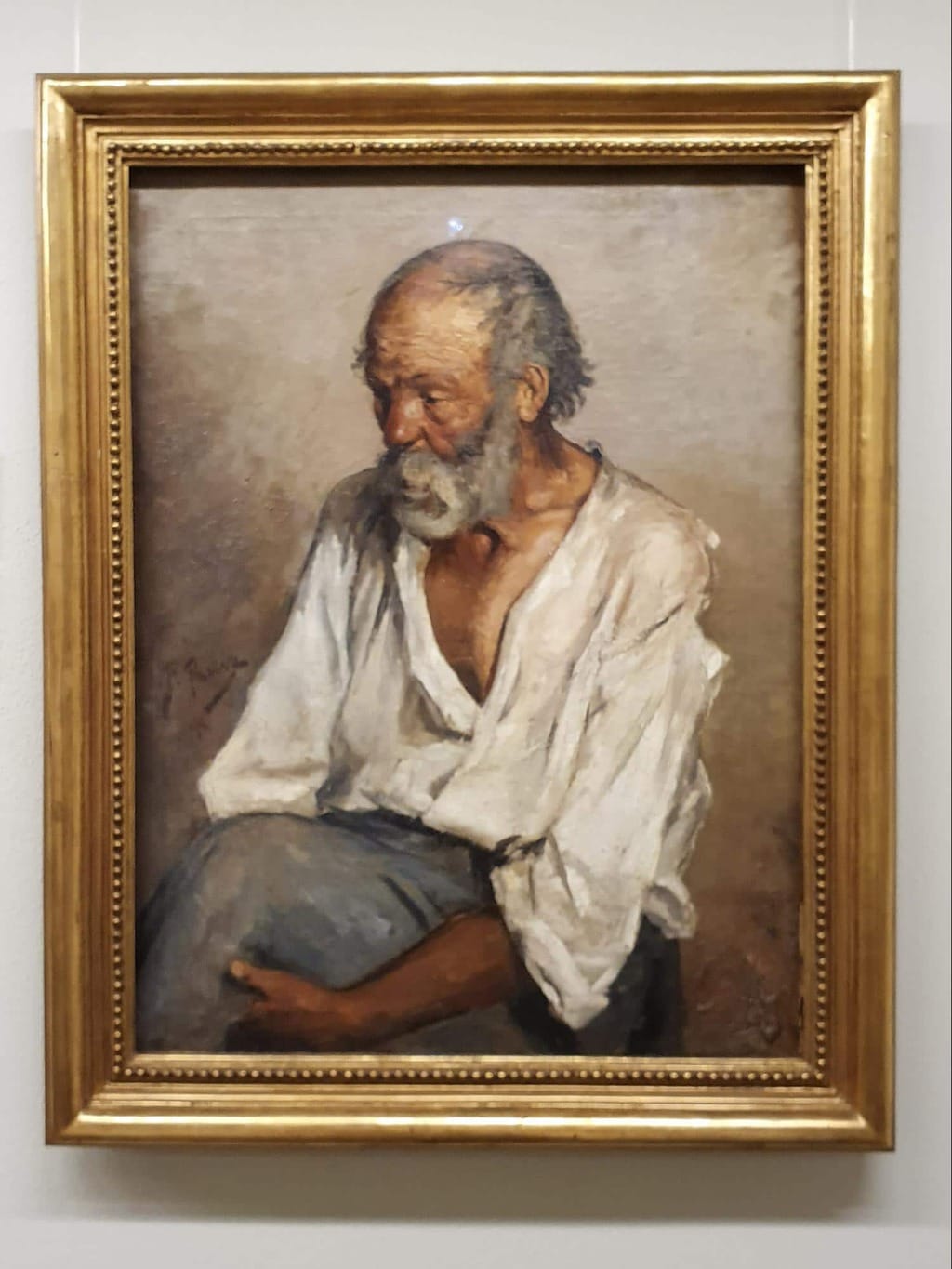
The museum also owns a large collection of modern art including Picasso, Monet, Casas, Santiago Rusinyol, Degas, Tapies or Dali.
You should allow for at least 45min to go through the collection and hear the audio guide available for some of the more notable pieces.
Holy Grotto and Monumental Rosary
Our Lady of Montserrat statue was found in a small grotto by two boys in the 9th century so one of the most popular things to do in Montserrat is to walk to the grotto.
Legend has it that when the priests tried to move the statue to a monastery, it was too heavy and difficult to transport, which was interpreted as the virgin’s way to say she wanted to stay in the mountain, so the monastery and basilicas were built on location.
The original grotto where the image was found is one of the most revered places and you can follow itinerary C on the pamphlets that the tourism office will give you to get to the cave.
This itinerary will not only take you to the grotto but also along the Monumental Rosary, a sort of outdoor museum with a wealth of modernist sculptures with scenes from the Rosary including some from Gaudi.
The walking trail is easy and takes about 1.5h return but a part of it can be covered with the Holy Grotto Funicular, when in operation (at the beginning of 2020 the funicular is still under repairs).
The path was built in the 17th century and took almost 20 years to finish because of the hardness of the rock of Montserrat which at times, required dynamite to make its way.
Start right by the funicular of the Holy Grotto and follow the trail indicated in the map above. On your way, look out for the following, in order of appearance:
- A medallion from Pope John XXIII who visited Montserrat in 1954.
- Sculpture of Saint Dominic de Guzman, a tall stone statue placed by the Dominicans of Catalonia to honor the Saint who promoted daily rosary. You can’t miss it because it is slim and tall.
- The Monumental Rosary is a huge outdoor group of sculptures that represent the 15 episodes of the life of Jesus and Mary. Between each episode, one needs to recite 10 Hail Marys, so at the end of a rosary one has recited 150 Hail Marys. The monuments were designed by famous Modernist architects and sculptures of the time including Gaudi, Puig i Cadafalch and Josep Llimona, who sculpted most of La Sagrada Familia’s facades. As you continue your walk you will be able to see all 15 episodes, also referred to as Mysteries. The tandem Puig i Cdafalch and Llimona designed no.3 The Birth of Jesus and no.10 The Crucifixion. Gaudi designed no.11 The resurrection of Jesus Christ. Also noteworthy are Francesc de Paula Villar’s (the original architect of La Sagrada Familia) design for The Flagellation of Jesus.
- The Chapel of the Holy Grotto is the end of the path and is a magnificent small church carved from the side of the rock that resembles the ones found in Andorra. You can go inside the church.
Have a coffee with the best views
Montserrat has enviable views over the area around it and one of the best places to enjoy them is from the cafeteria that is near the parking lot just below the Apostles Lookout point.
As kids, we would come here, well before Montserrat became the tourist attraction that it is today, and sit down at the cafeteria to have a hot glass of Cacaolat chocolate milk.
Enjoy the views!
See the Stairway of Understanding
This monument by Josep Subirahcs has become something of an Instagram celebrity and is no longer accessible to the public but fenced out. A victim to its own success and people’s need to interact with art too closely.
The monument is a representation of the thinking of Ramon Llull, the famous Mallorcan thinker, politician and writer who lived to 90 years old in Medieval times and promoted the Catalan language and culture.
Follow the Way to the Cross
This path to the stunning Saint Michael’s Cross lookout point follows the milestones of the Passion of the Lord in what is known as the Way of the Cross. Start from the stairs that go up to the left of the souvenir store.
The monumental path was built at the beginning of the 20th century but was mostly destroyed during the Spanish Civil War with the exception of the Chapel of Solitude or Dolorosa. The path was rebuilt in the 1950s and 1960s.
As you follow the path to the cross you will see the various stages of the cross and walk through a shady evergreen oak forest, the typical vegetation of Mediterranean forests.
At the end of the path, you will find Saint Michael’s Chapel and the Cross along with panoramic views of the area around Montserrat.
Pro tip: you can take the funicular up the mountain and walk the path down starting with the Cross and then making your way down to the beginning.
Walk the Magnificat Path to learn about Catalonia’s famous artists
This path that starts by the Apostles Lookout point is decorated with sculptures, medallions or steles in honor of illustrious Catalan artists.
You will find references to Jacint Verdaguer (author of the famous hymn to the Virgin El Virolai), composer Amadeu Vives, poet Joan Maragall, tenor Emili Vendrell, Pep Ventura (promoter of the Catalan folk dance of La Sardana), linguist Pompeu Fabra (main author of the normalization of the Catalan language at the end of the 19th century who died in exile during Franco’s regime) and musician and politician Anselm Clave.
The path ends at the famous Pax Vobis Cross which delimits the boundary of the shrine of Montserrat.
Buy local products
One of the most vivid memories I have of Montserrat as a kid was the amazing weekend market that was laid out in front of the basilica, on the square and ramp that leads to it.
The daily market features locally made artisanal products from farmers and producers of the area around Montserrat, from cheeses and honey to nuts and biscuits.
The Monastery also produces its own liquors (and other foods), as do all Monasteries in Spain, which you can buy from the shop.
Where to eat in Montserrat
The best way to organize your food in Montserrat is by bringing your own. Stop by any bakery in Barcelona and you will be able to buy sandwiches, pastries and drinks to take with you. If you don’t have time for that or prefer a hot meal, these are the places to eat in Montserrat.
Bar de la Placa
Bar de la Placa and sells sandwiches, salads and pastries at significantly more expensive prices than anywhere else, it is a touristy place after all. You can also buy drinks here and coffee, etc. Seating space is limited but this is a good option to buy take away food to enjoy a picnic elsewhere.
Montserrat Buffet
On the second floor of the building under the Apostles Lookout point is Montserrat Buffet serving a wide range of dishes to choose from and because it’s a buffet, it is pretty quick. There is also a cafeteria in the same building for cold and hot sandwiches.
Restaurant Montserrat
One floor below the buffet is the proper sit-down Restaurant Montserrat with set menus starting at 25 EUR per person. The views are equally stunning.
La Cafeteria
If you want something more casual, there is a cafeteria on the main road next to the souvenir shop and a patisserie next to it. The cafeteria serves hot and cold sandwiches.
Hotel Abad Cisneros Restaurant
Lastly, the Hotel Abat Cisneros also has a restaurant set in what used to be the 16th-century stables that makes for a very cozy place to have lunch. They have a set menu but you might have to book in advance because they serve their in-house guests first.
Pro tip: Check what is open on your visit. I went last on the 1st of January and, despite it being an incredibly popular day, the only eateries open were the bar and the restaurant at the hotel. Check the opening schedules here.
Where to stay in Montserrat
The best way to enjoy Montserrat without the crowds, especially in the summer months, is by spending a night there. You could arrive after lunchtime and leave the next day in the morning and have a great time without having to avoid the lines.
There are three accommodation options in Montserrat, the 3* Hotel Abad Cisneros which is right on the square, the apartments which were the former Abat Marcet cells and the Abat Oliva Hostel with bunk beds, solo female rooms and studios for families.
Pro tip: The return train tickets for Montserrat are for same-day use so buy single tickets.
Other things to do know before your trip from Barcelona to Montserrat
I tried to give you as much detail as possible in the above sections to organise your trip and make the most of it but here are a few more tips to consider.
How long do you need in Montserrat?
If you are going to Montserrat from Barcelona on your own, I would plan for the following minimum durations for each of the things to do:
- Museum of Montserrat: 30-45min
- Basilica and Our Lady of Montserrat: 30min to 1h depending on the queues
- L’Escolania: 30min
- Funicular de Sant Joan: 30min return
- Holy Grotto and Monumental Rosary: 1.5h
- Way of the Cross: 1h
- Apostles lookout point and staircase of understanding: 30min
- Transport: 2h train + 25min cable car / Cremallera + 30min wait time = 3h
This means you will need a minimum of 8h plus lunch to cover everything there is in Montserrat. Indeed, visiting Montserrat from Barcelona takes an entire day.
In winter, everything will close around 5pm or earlier (it gets dark between 5pm and 6pm) which means that in order to see everything you need to leave Barcelona at 9am. Plan accordingly or consider booking one of the tours which will reduce the travel time by an hour at least.
What to wear in Montserrat
Here are a few tips on dressing appropriately in Montserrat:
- Montserrat is much colder than Barcelona and has more extreme weather. For starters, you will be at 1,000m above sea level so the temperature will be a few degrees lower and secondly, Montserrat often sees fog which brings the temperature further down so dress in layers.
- You do not need hiking boots for all the hiking and walking, all the paths are either paved or made of gravel, regular sports shoes suffice, even regular flat shoes are fine if you are not planning to hike from the top of the funicular, the only prerequisite is to wear comfortable shoes, there is a lot of walking involved.
- To enter the basilica you need to cover your shoulders and knees so account for that in the summer months.
What to bring to Montserrat
You don’t really need to bring anything to Montserrat per se but I strongly recommend you bring a refillable bottle of water and your own picnic lunch so that you can enjoy it at the many viewpoints and benches.
I also recommend sunglasses and sunscreen to protect from the sun.
This would make a great addition to your travel or Spain Pinterest boards!
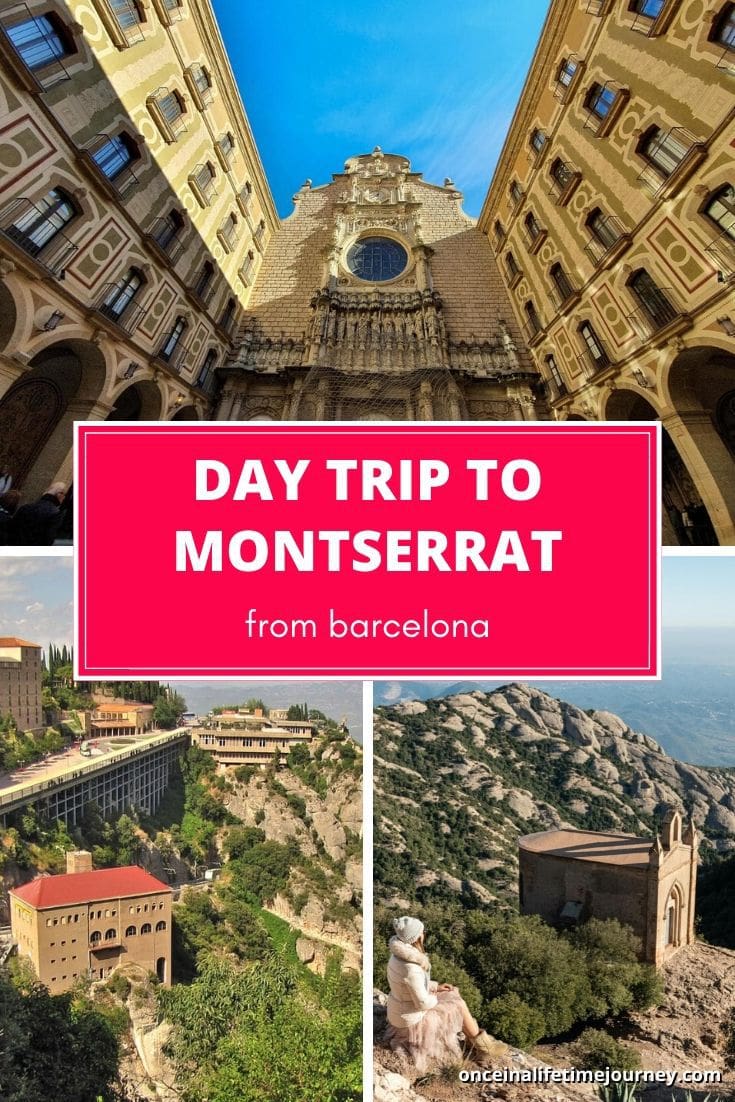
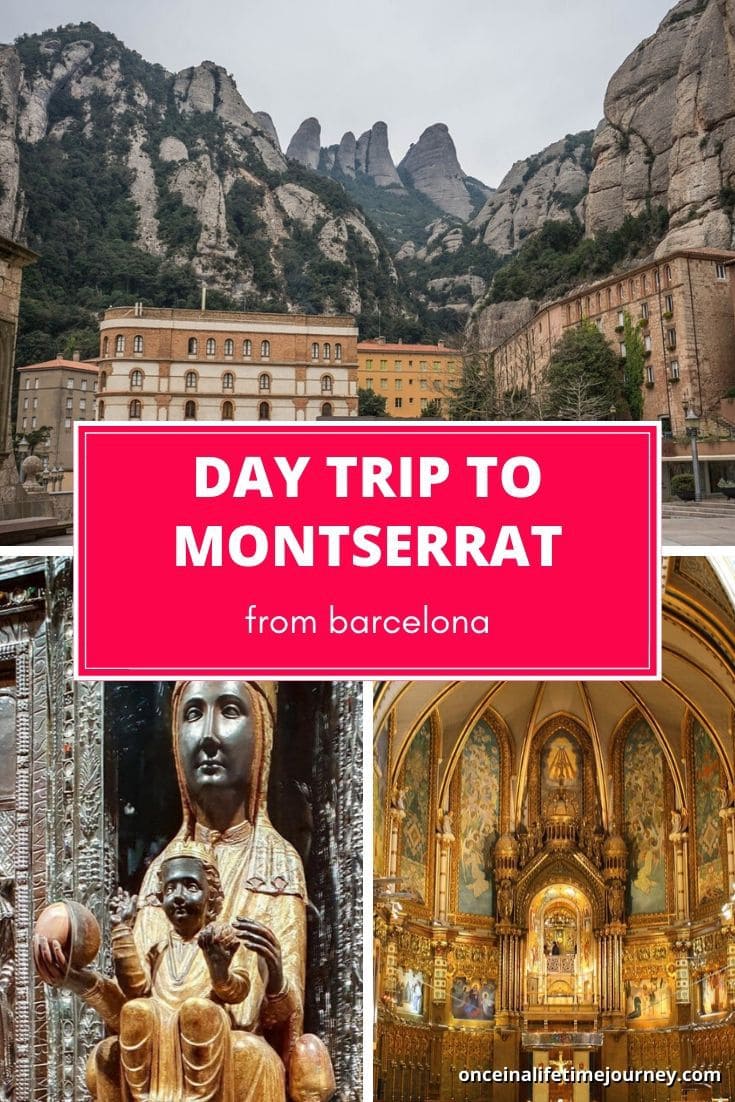
- Check if you need a visa, get help processing it at iVisa.
- Never ever leave without travel insurance. Get affordable coverage from World Nomads or long term insurance from Safety Wing.
- I find all of my flights on KAYAK. Check their Deals section too.
- Search for all your transportation between destinations on the trusted travel booking platform Bookaway.
- I book all my day trips and tours via GetYourGuide, they are the best and their tours are refundable up to 24h in advance.
- Get USD35 off your first booking with Airbnb.
- Compare hotels EVERYWHERE at HotelsCombined and book with Booking.com.
- Compare car rental prices at Rentalcars.com

